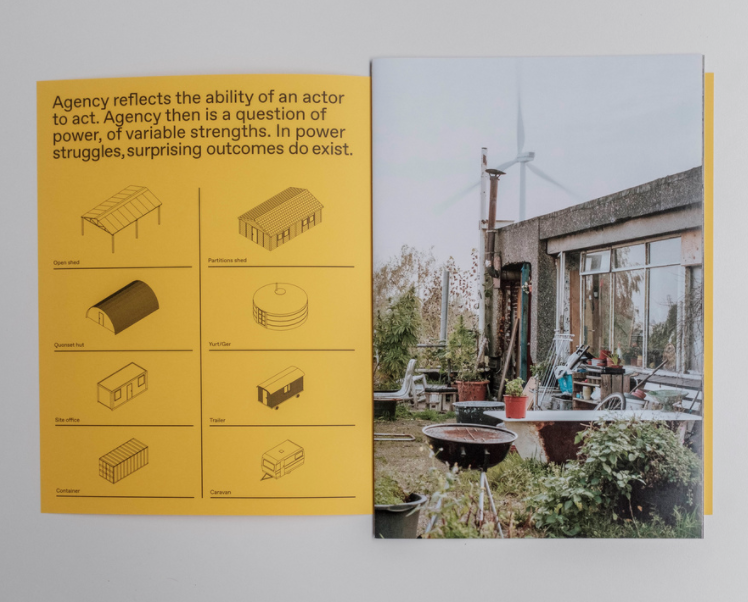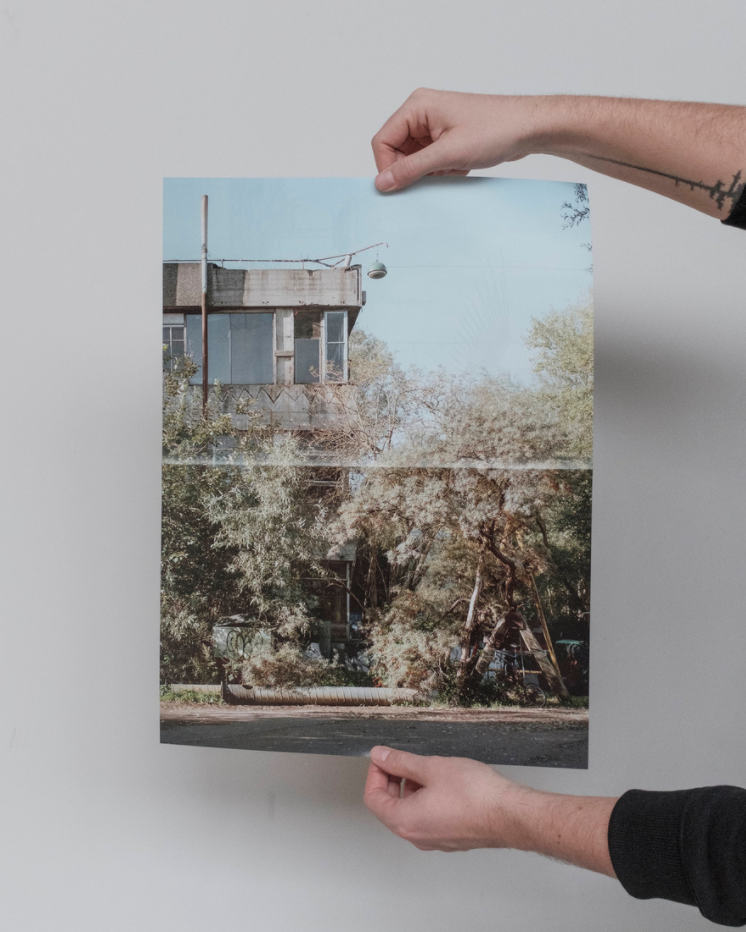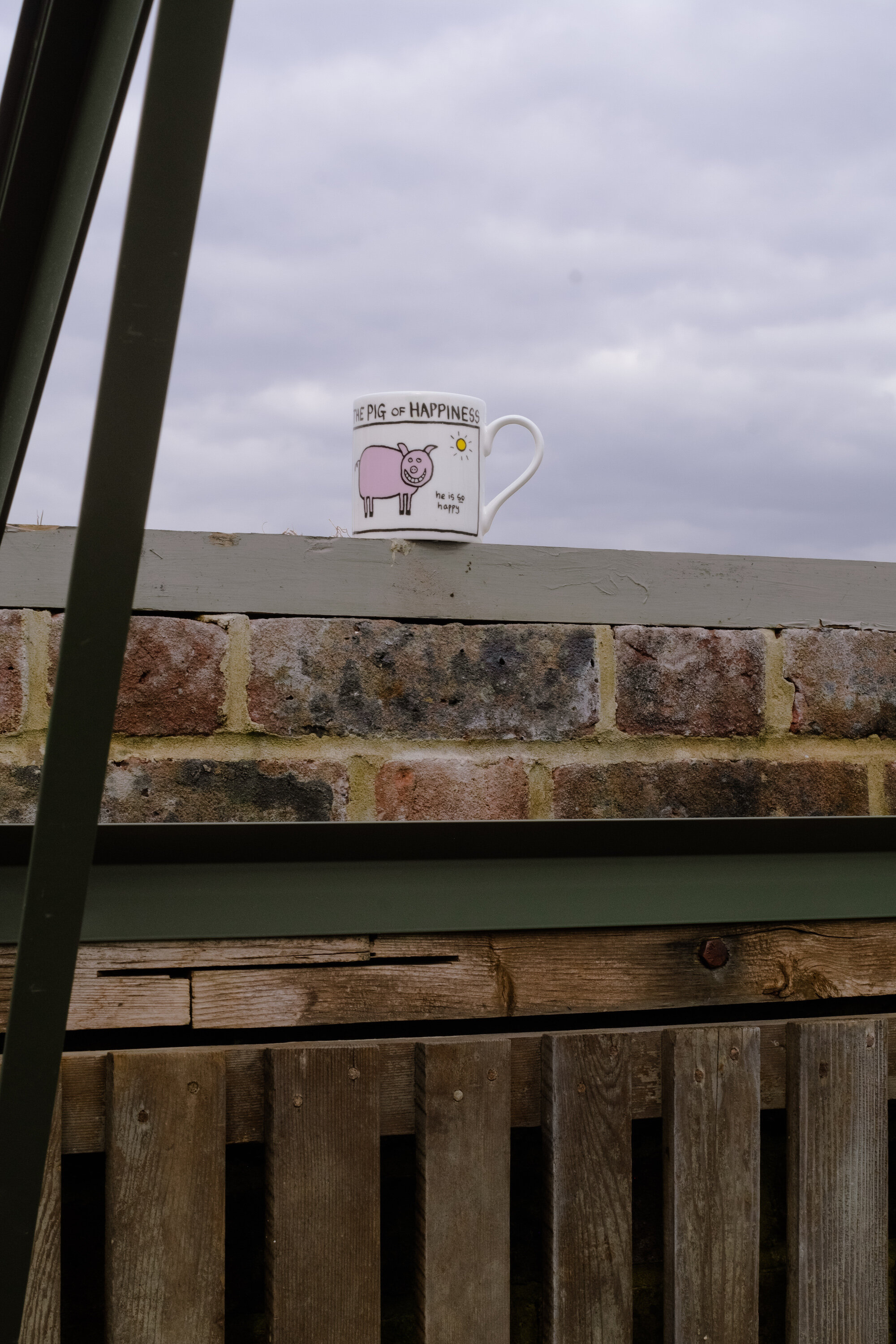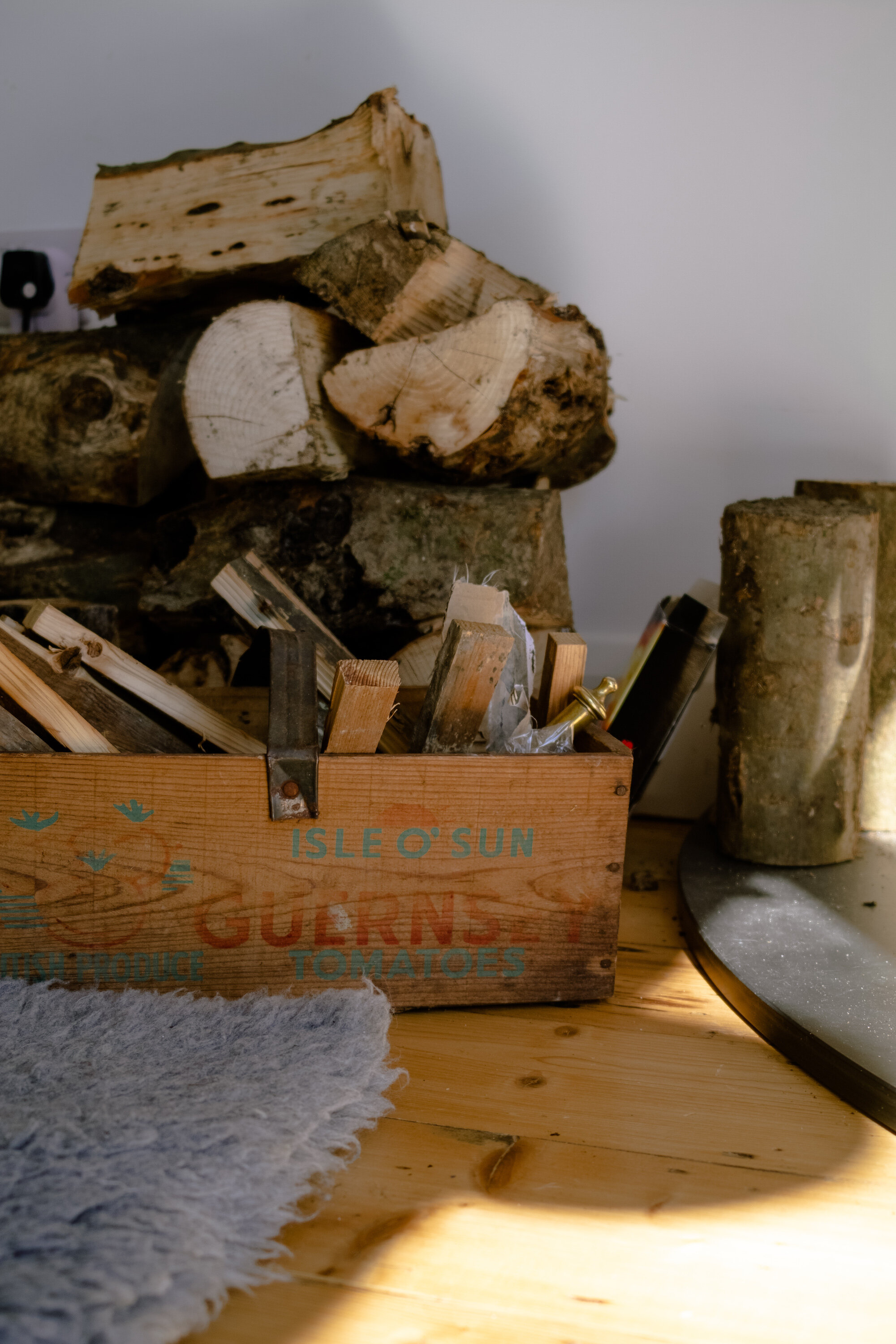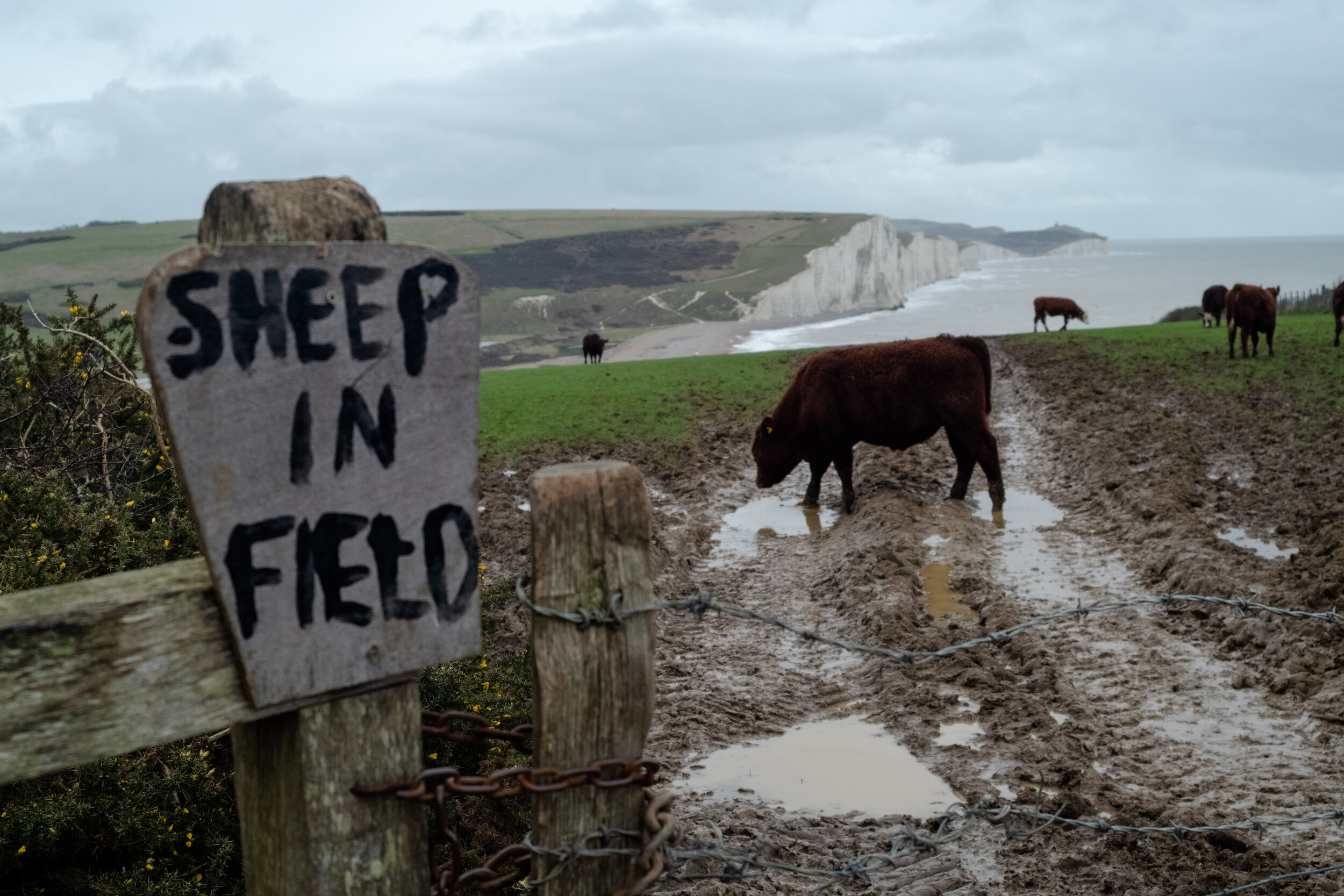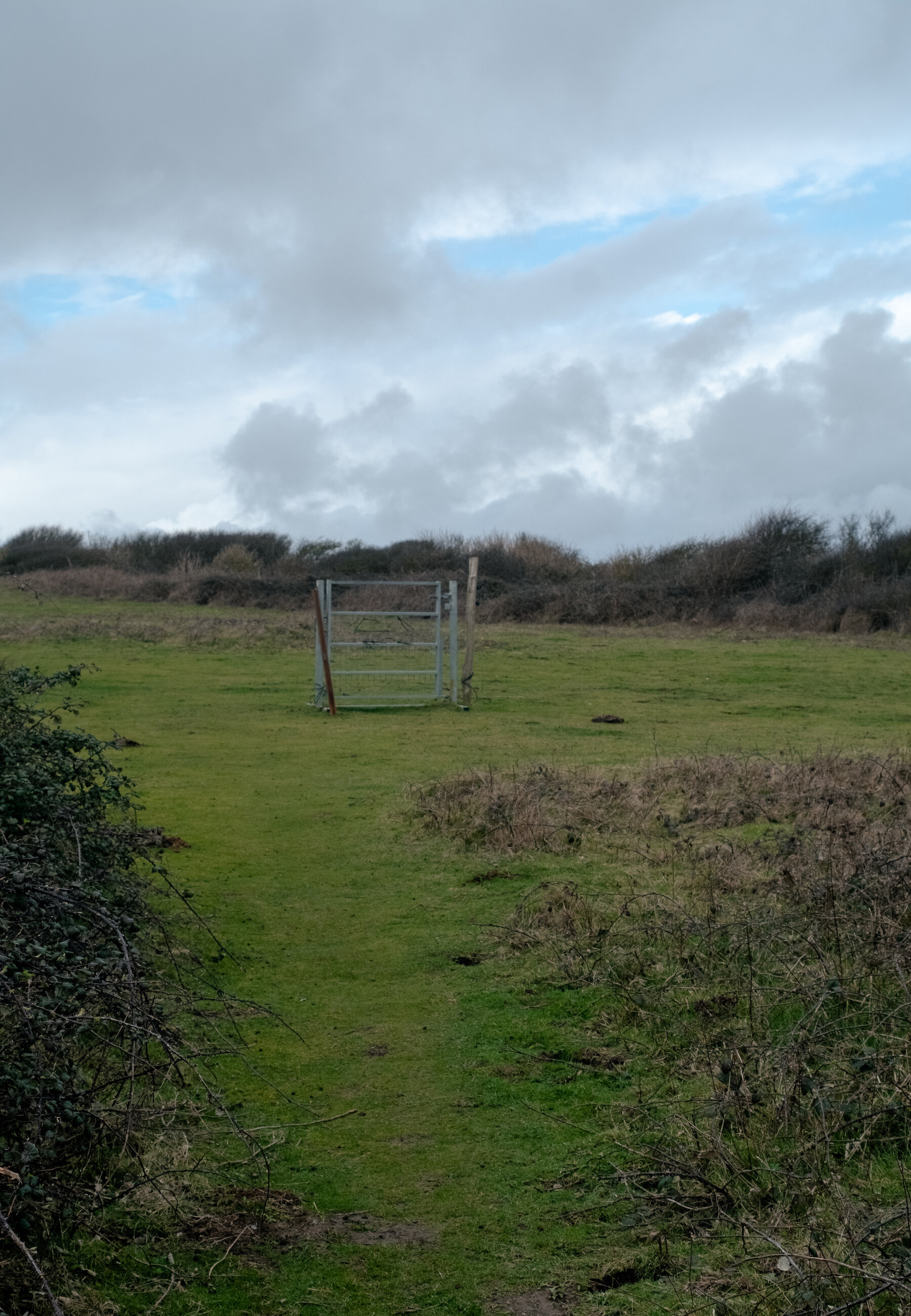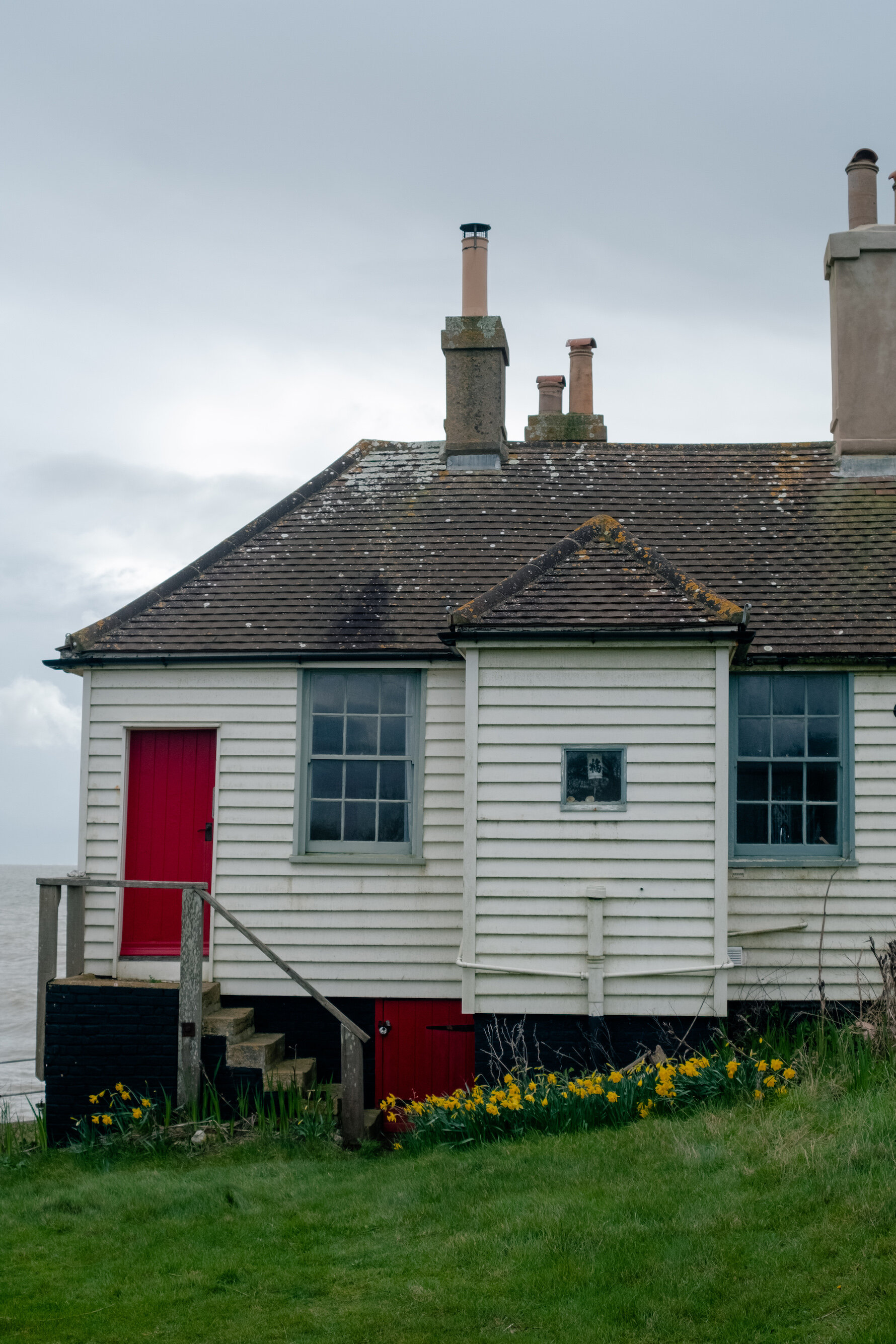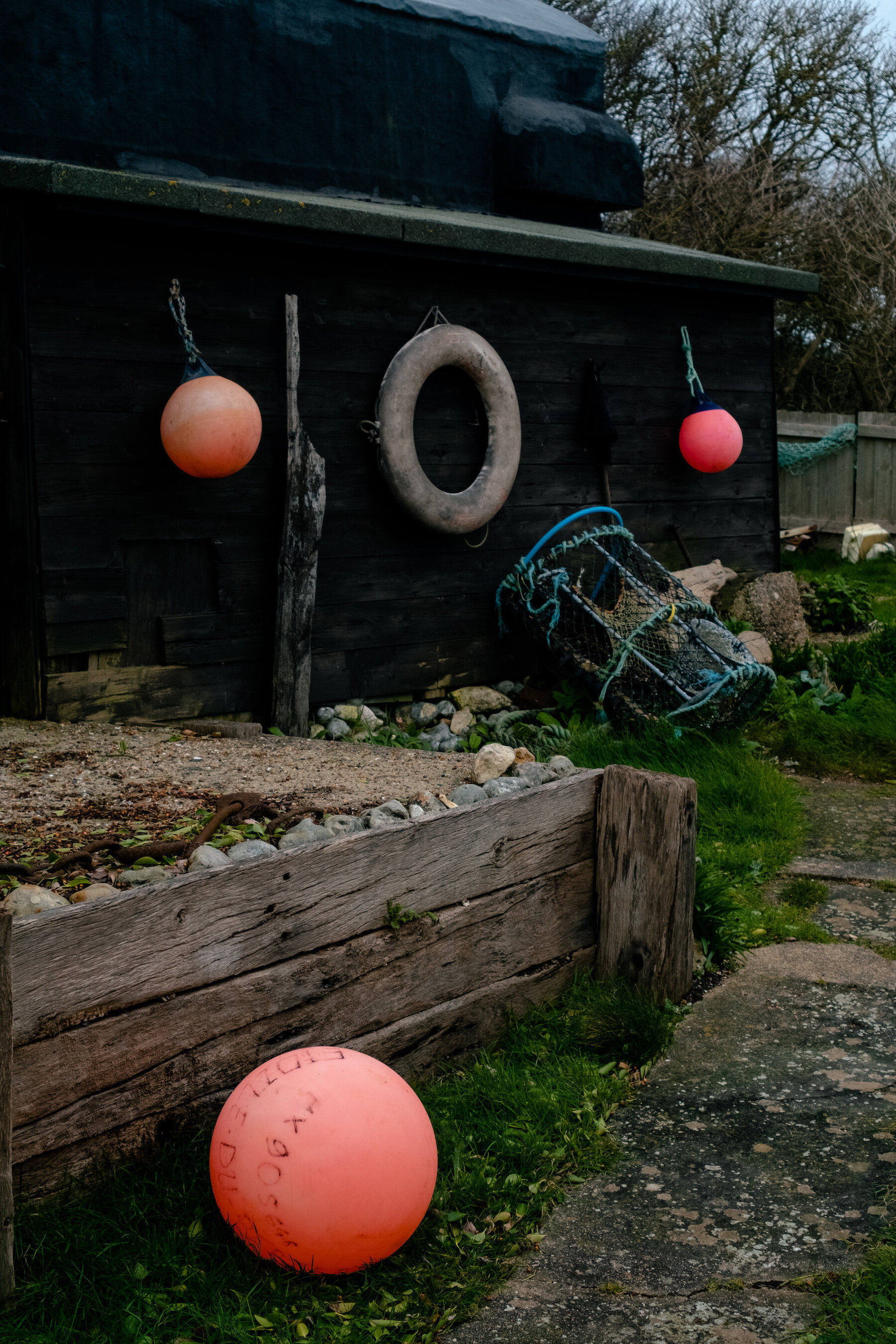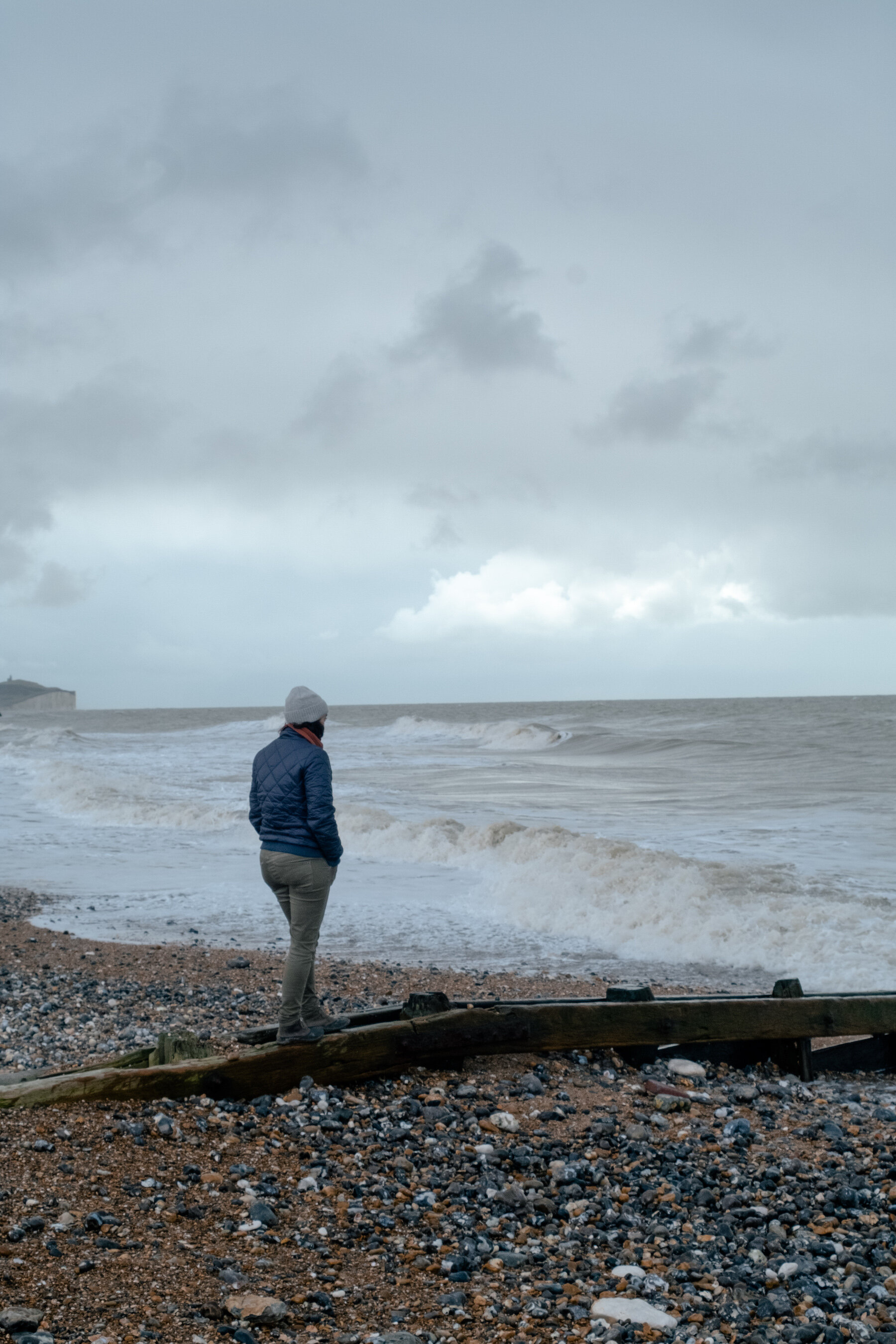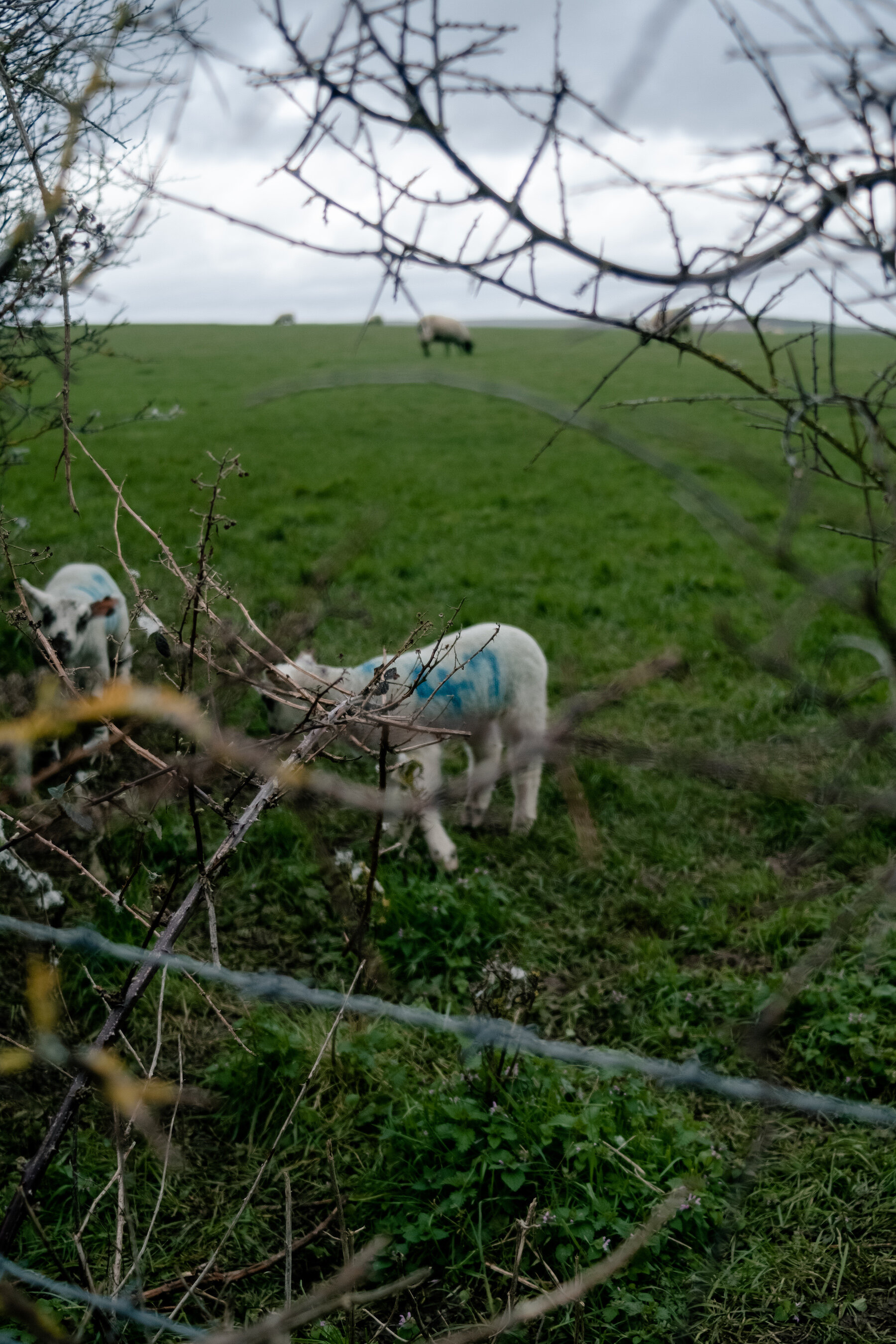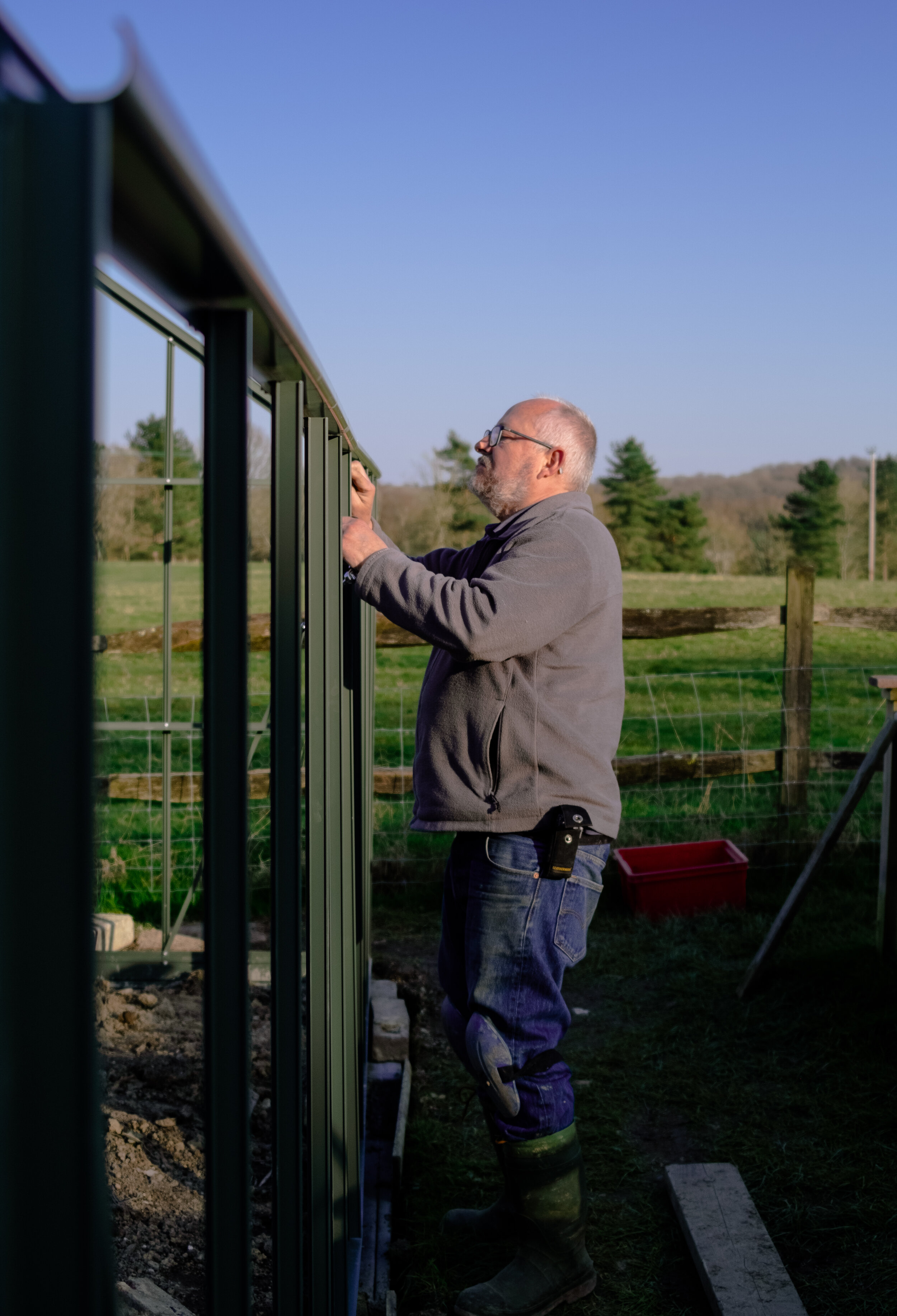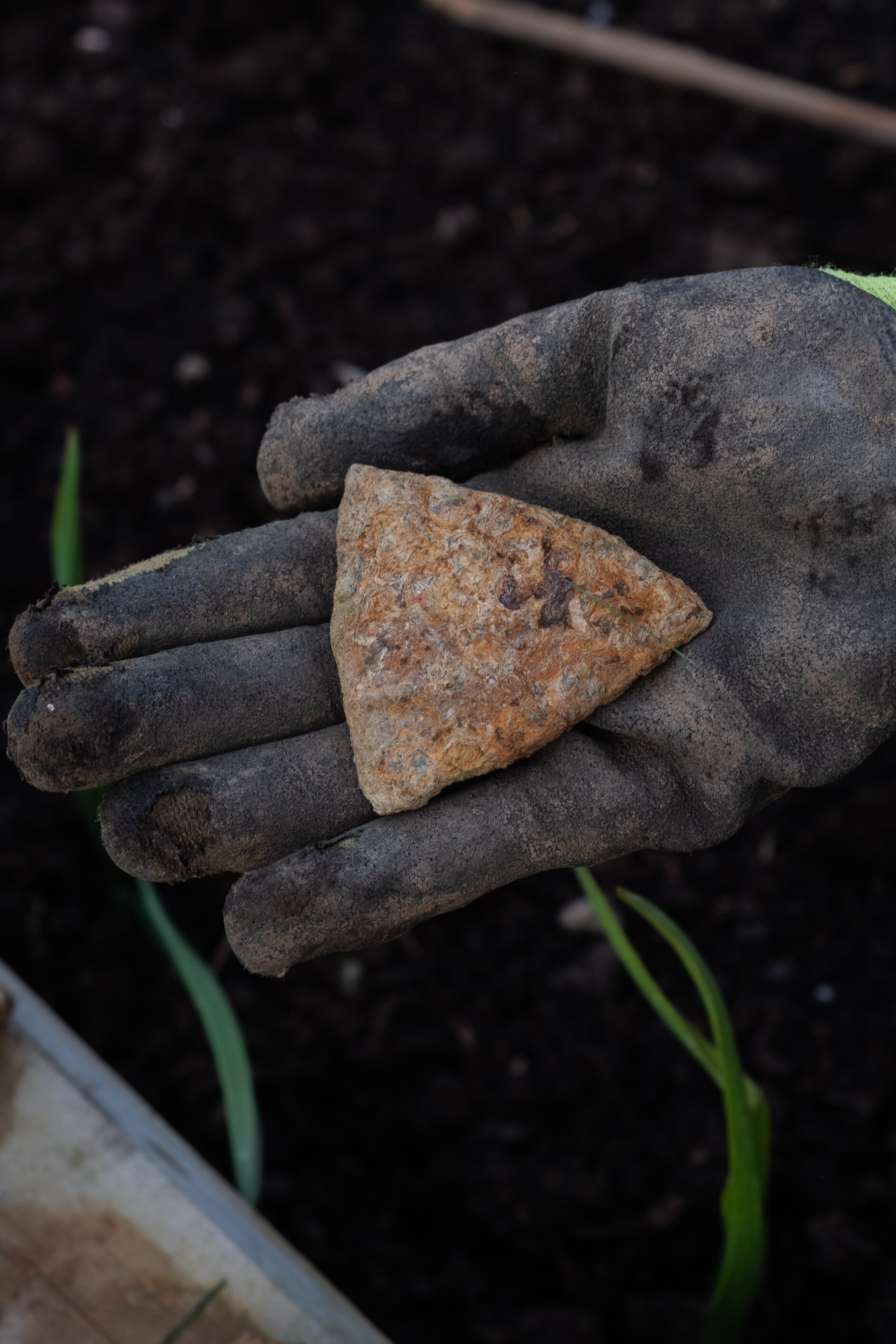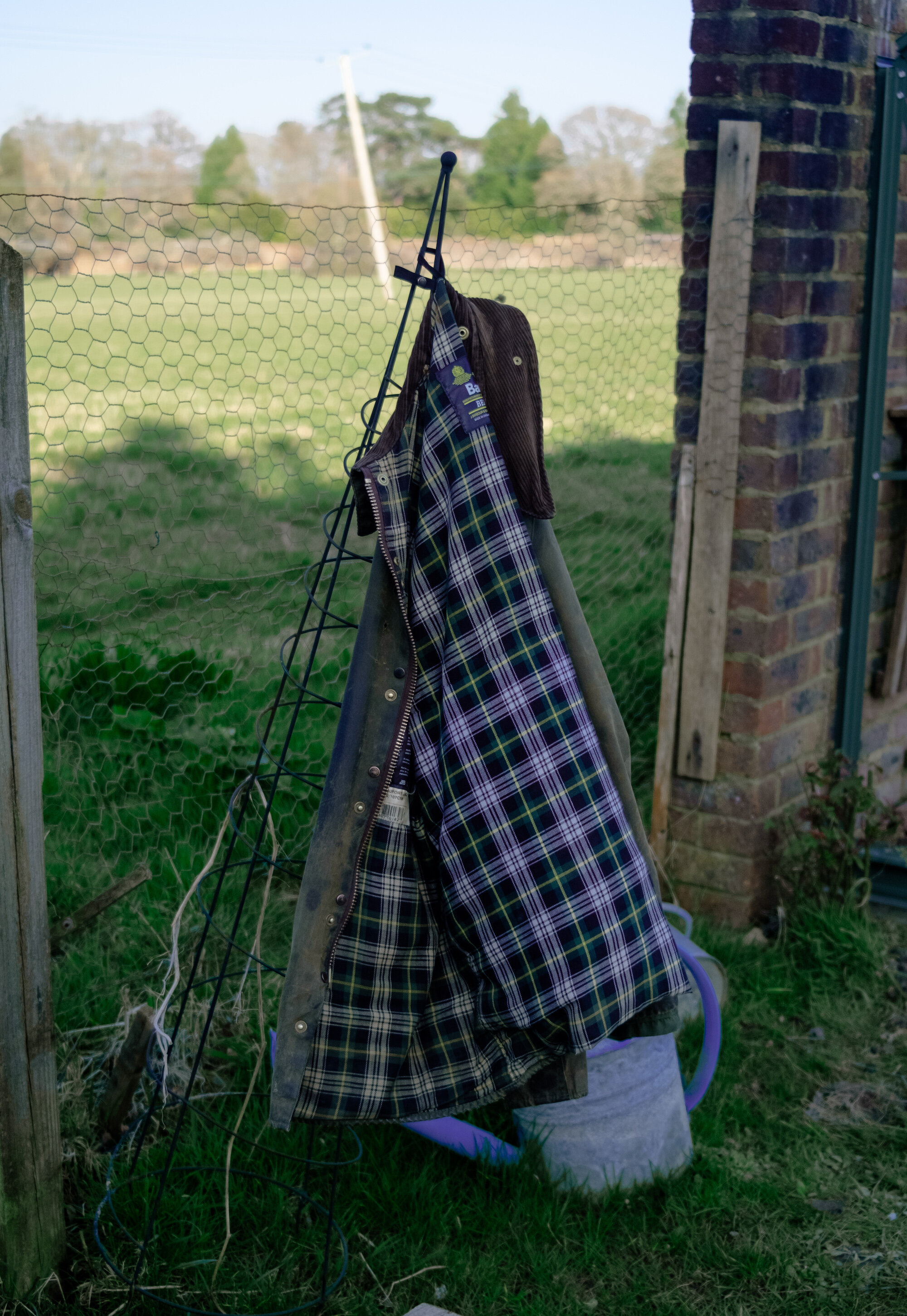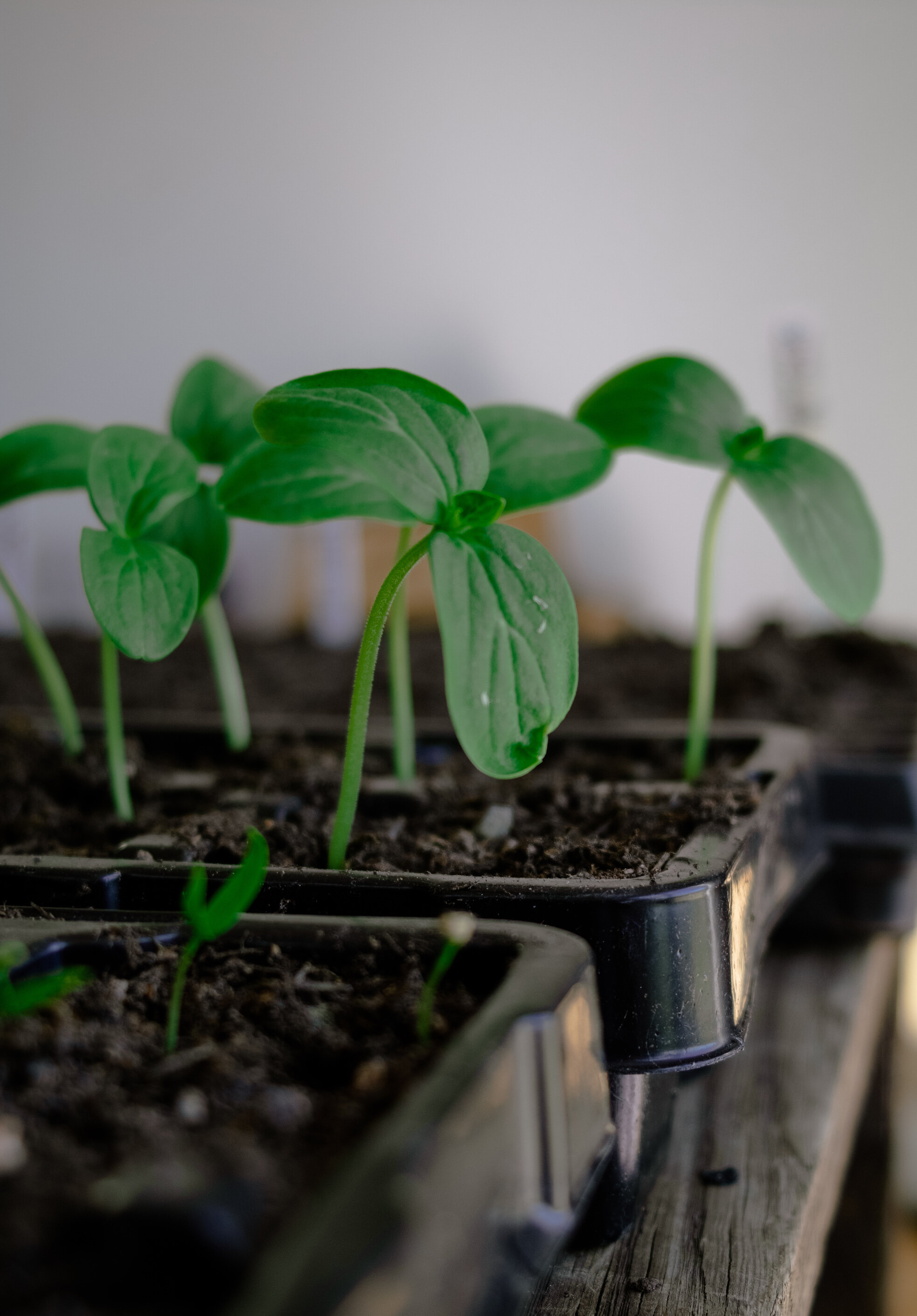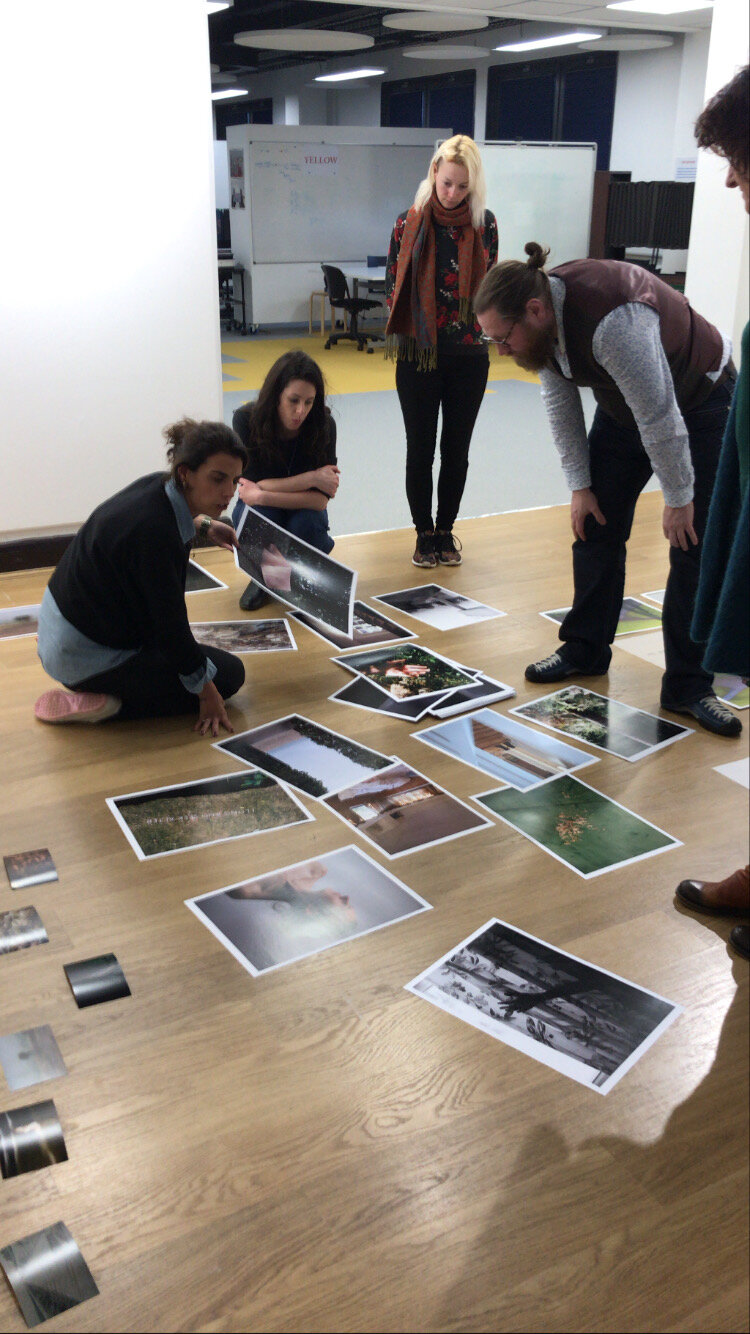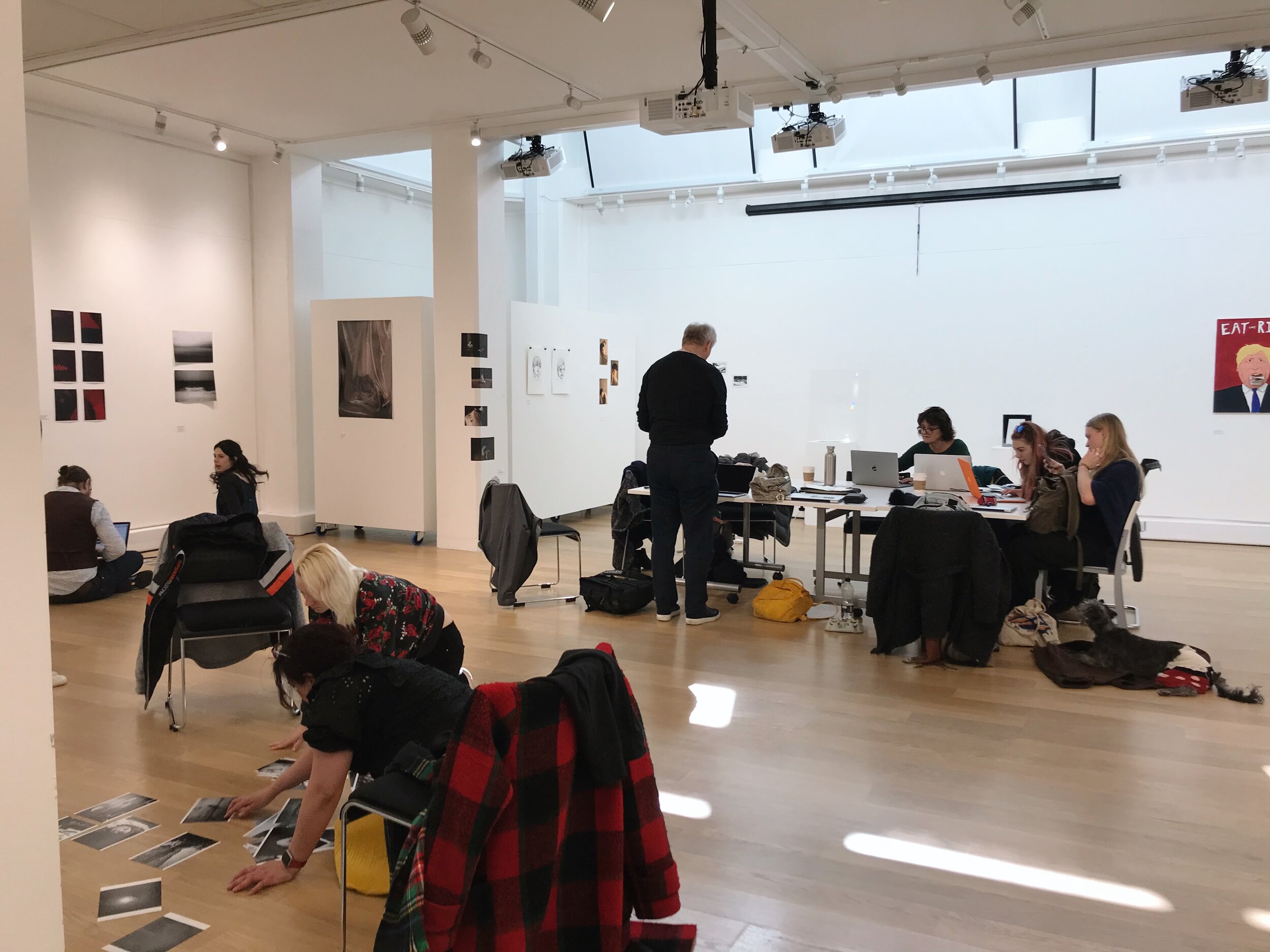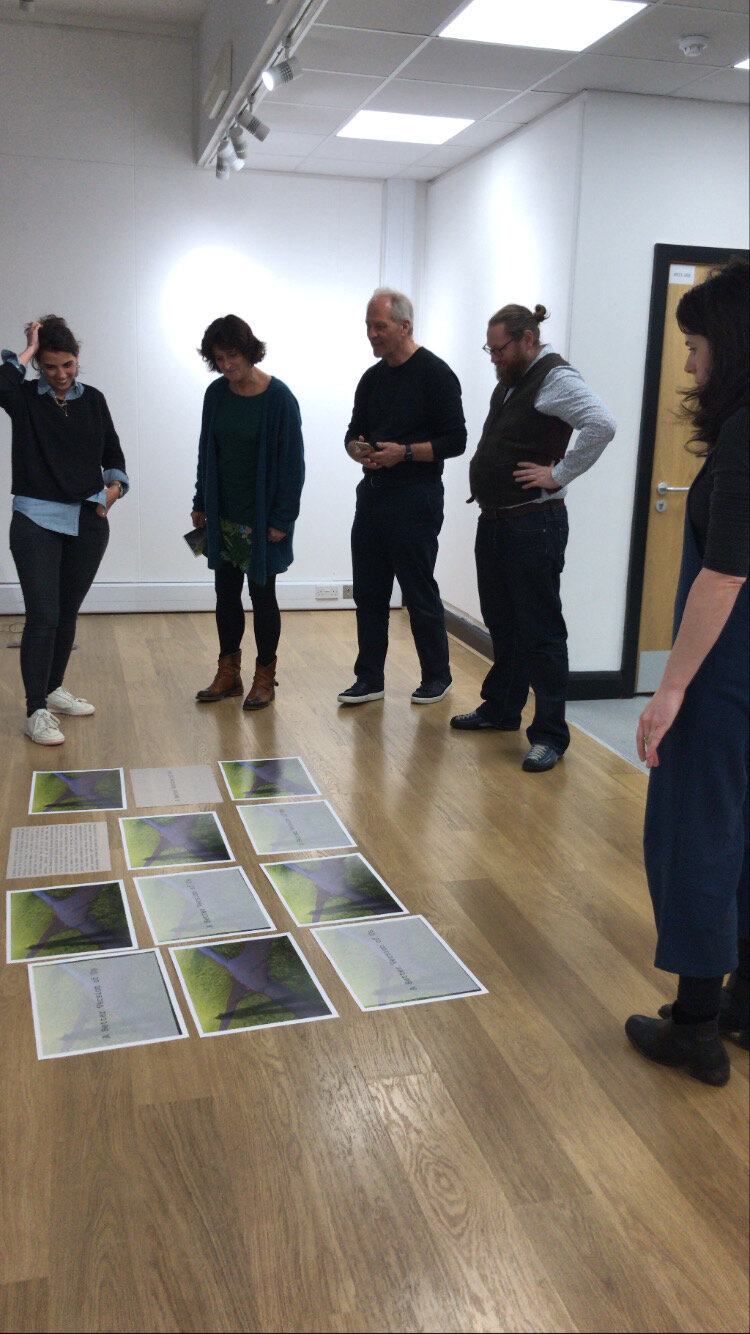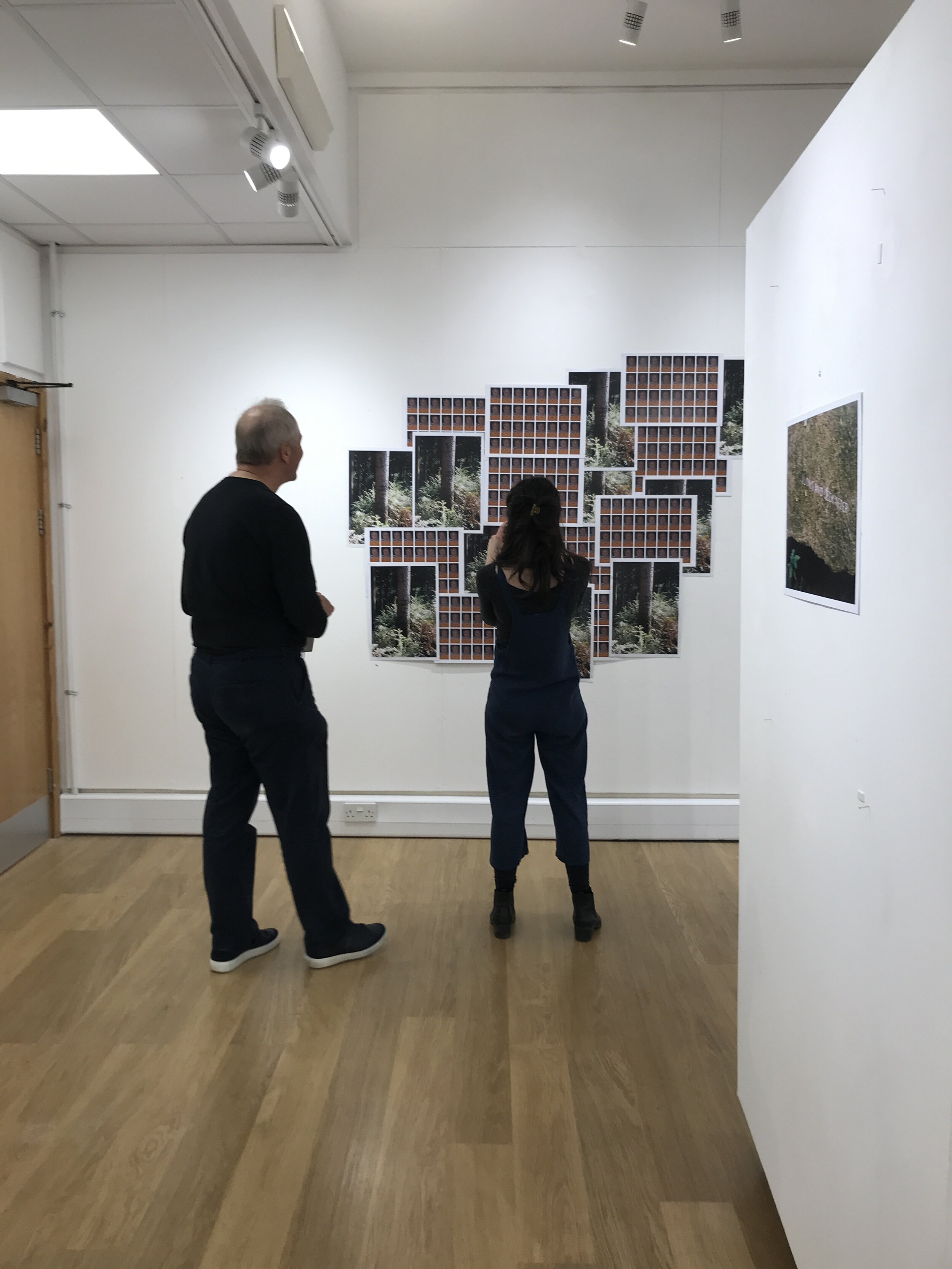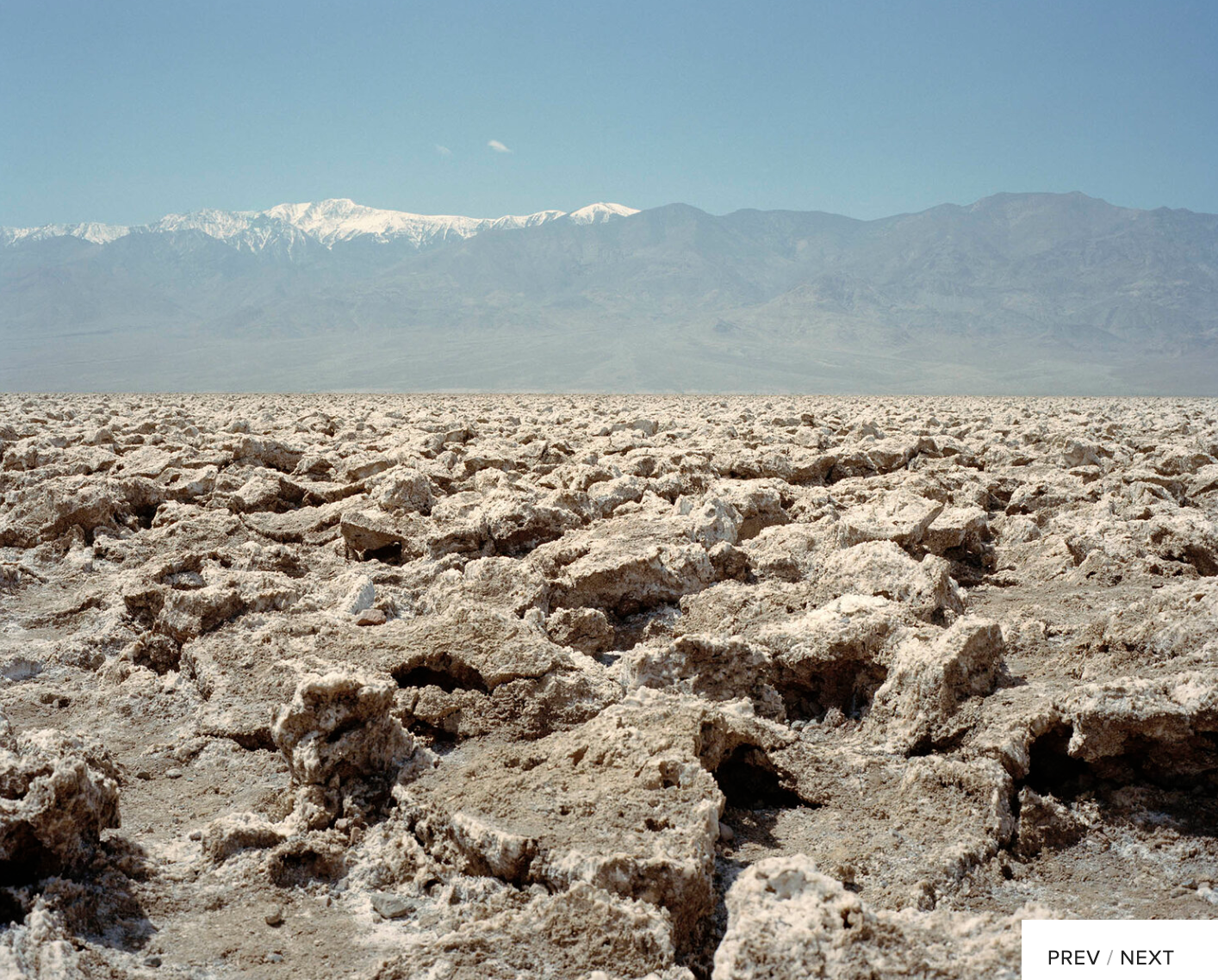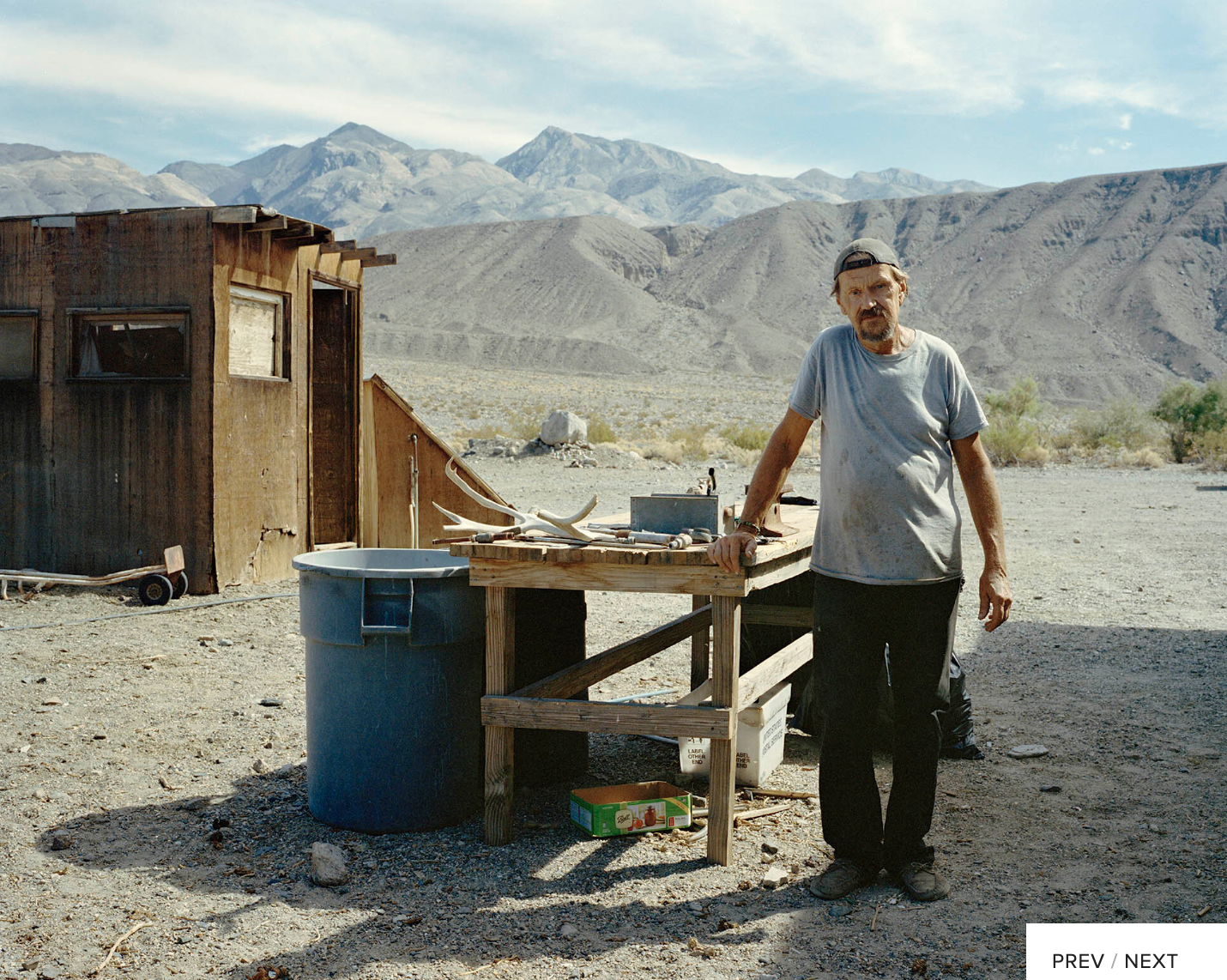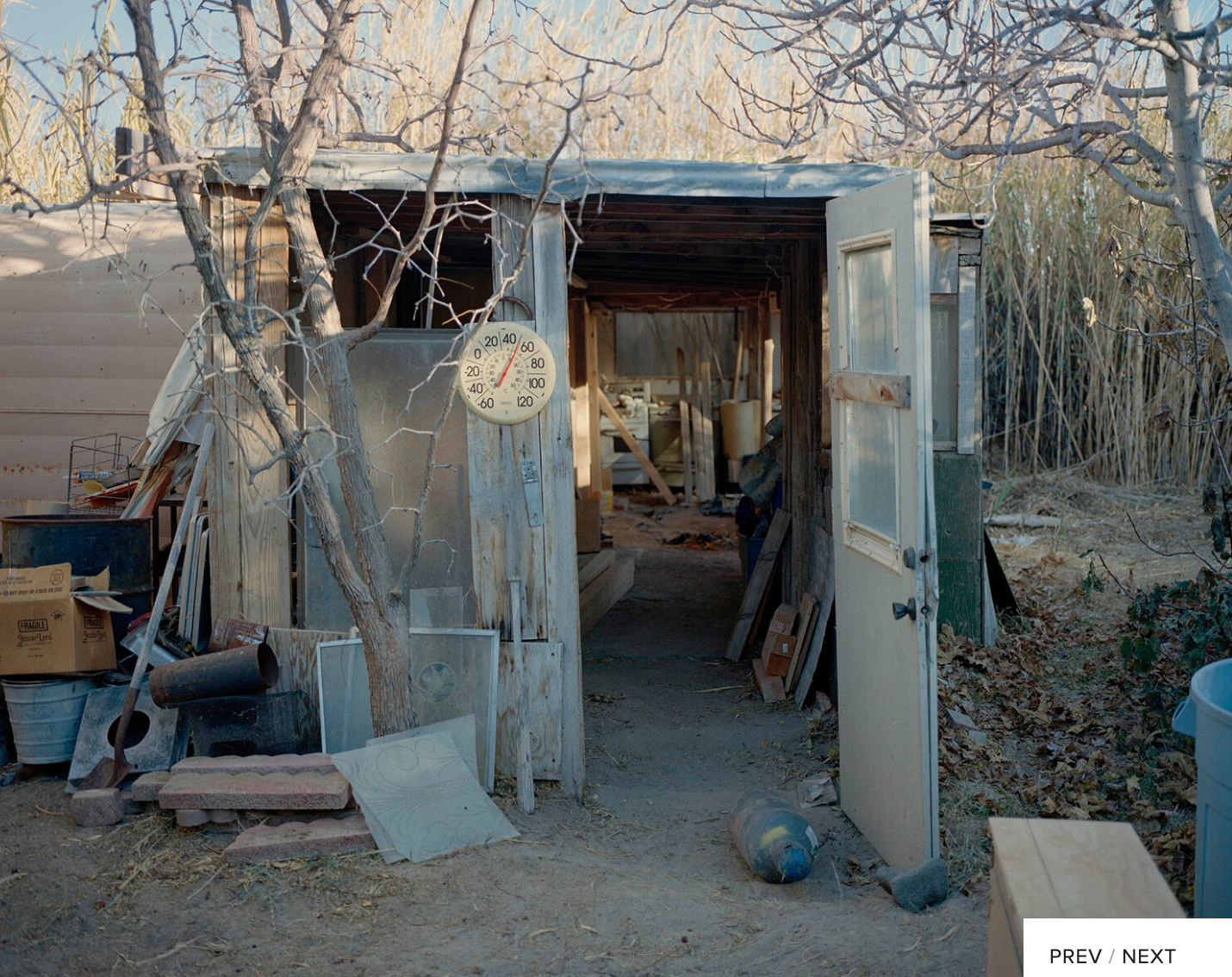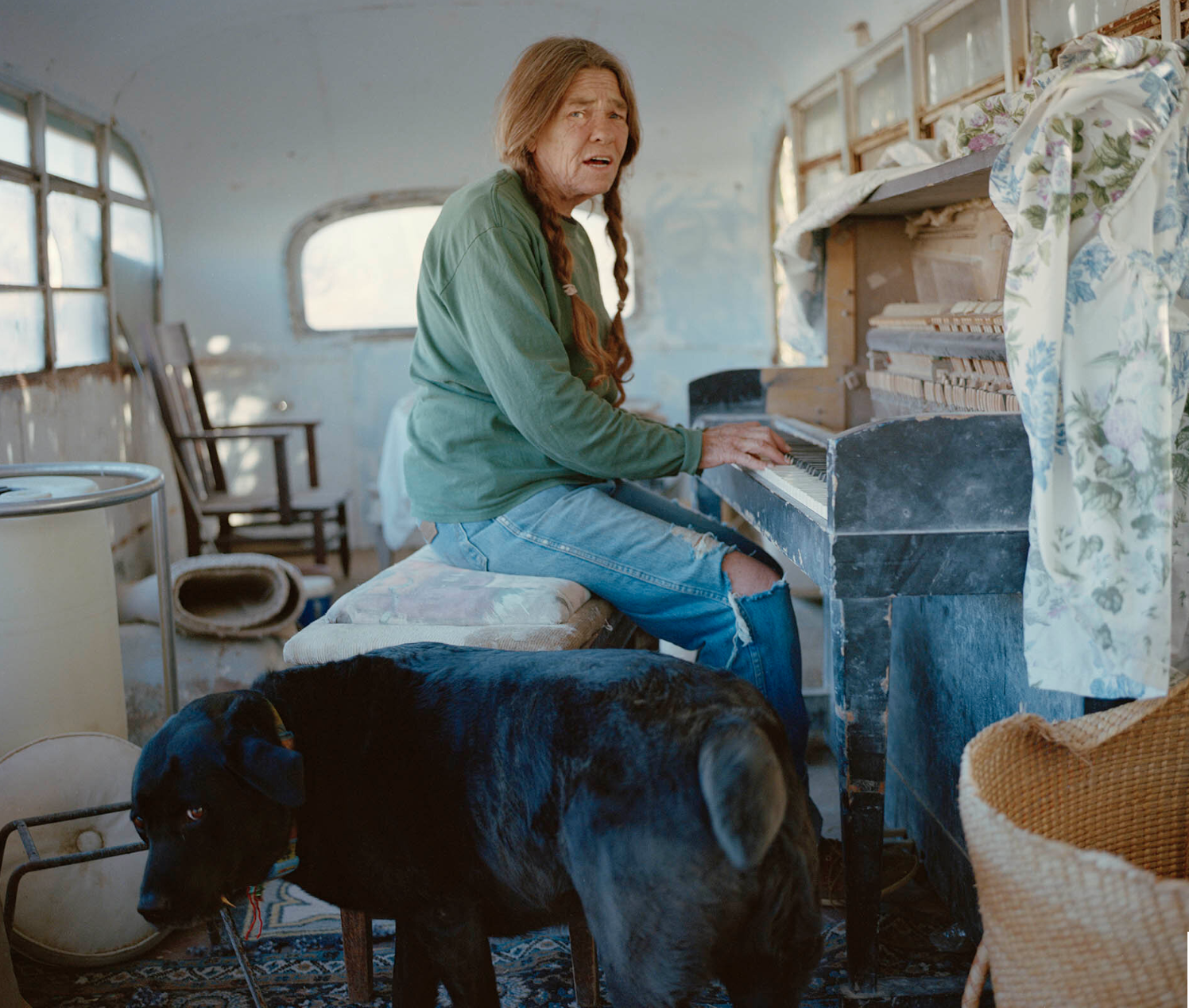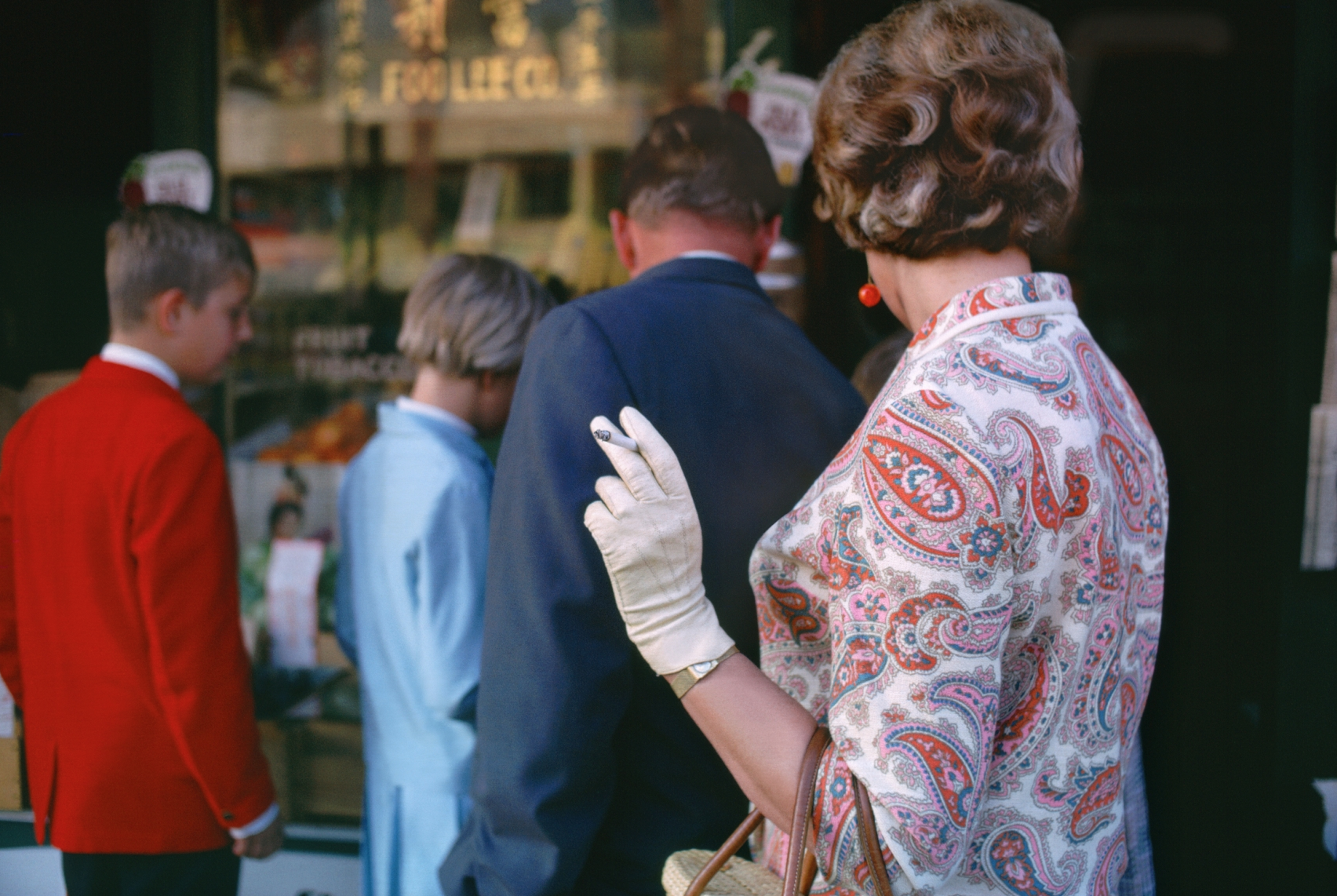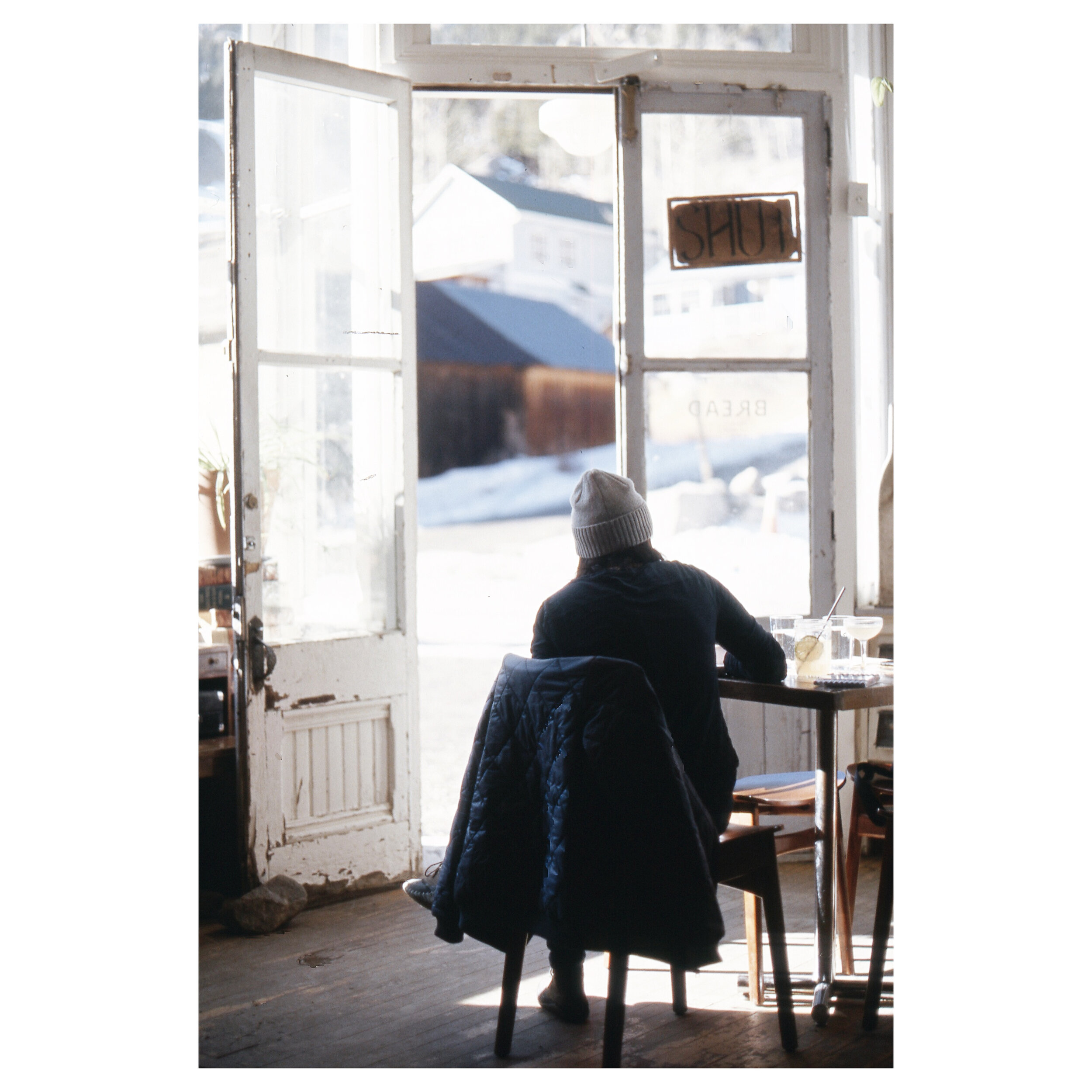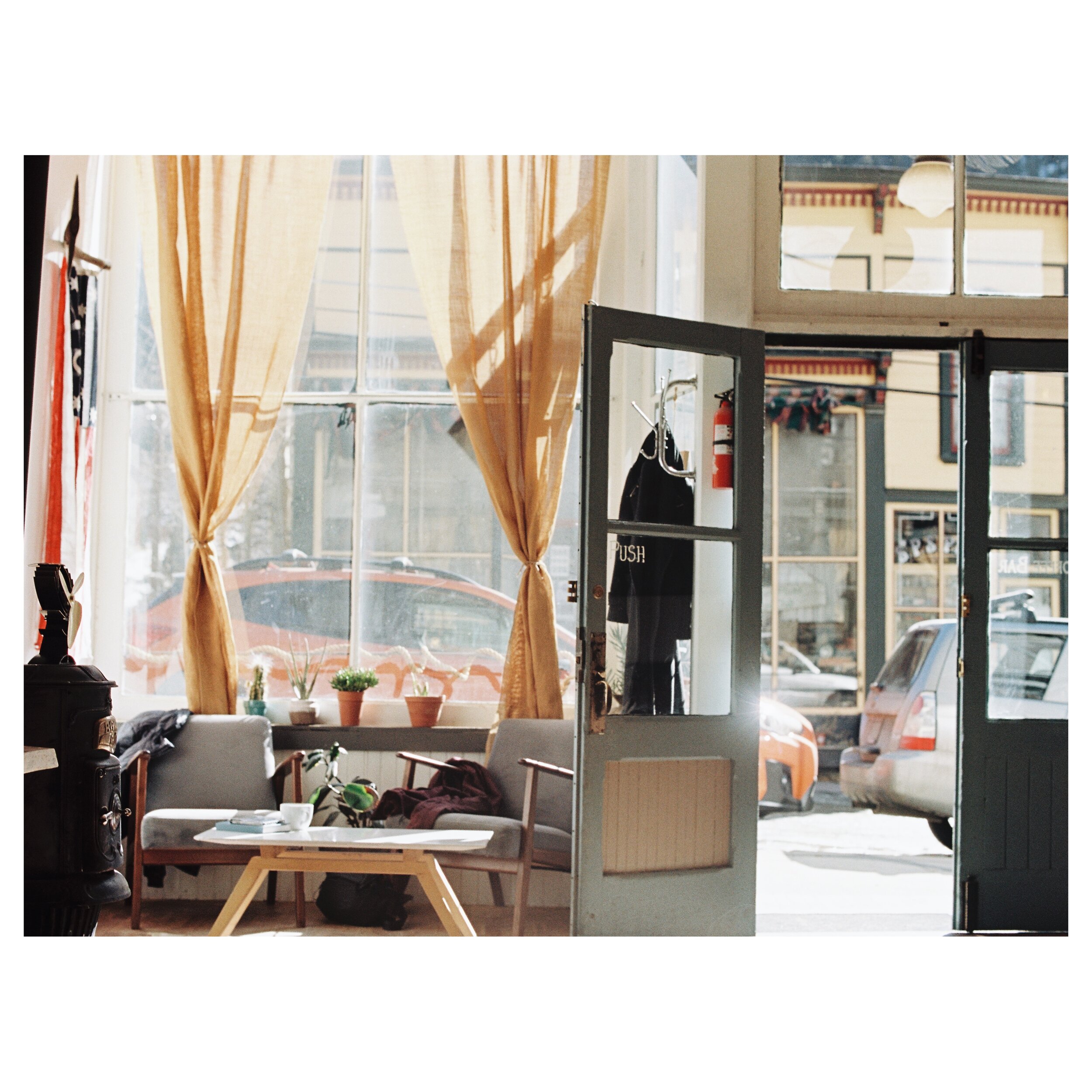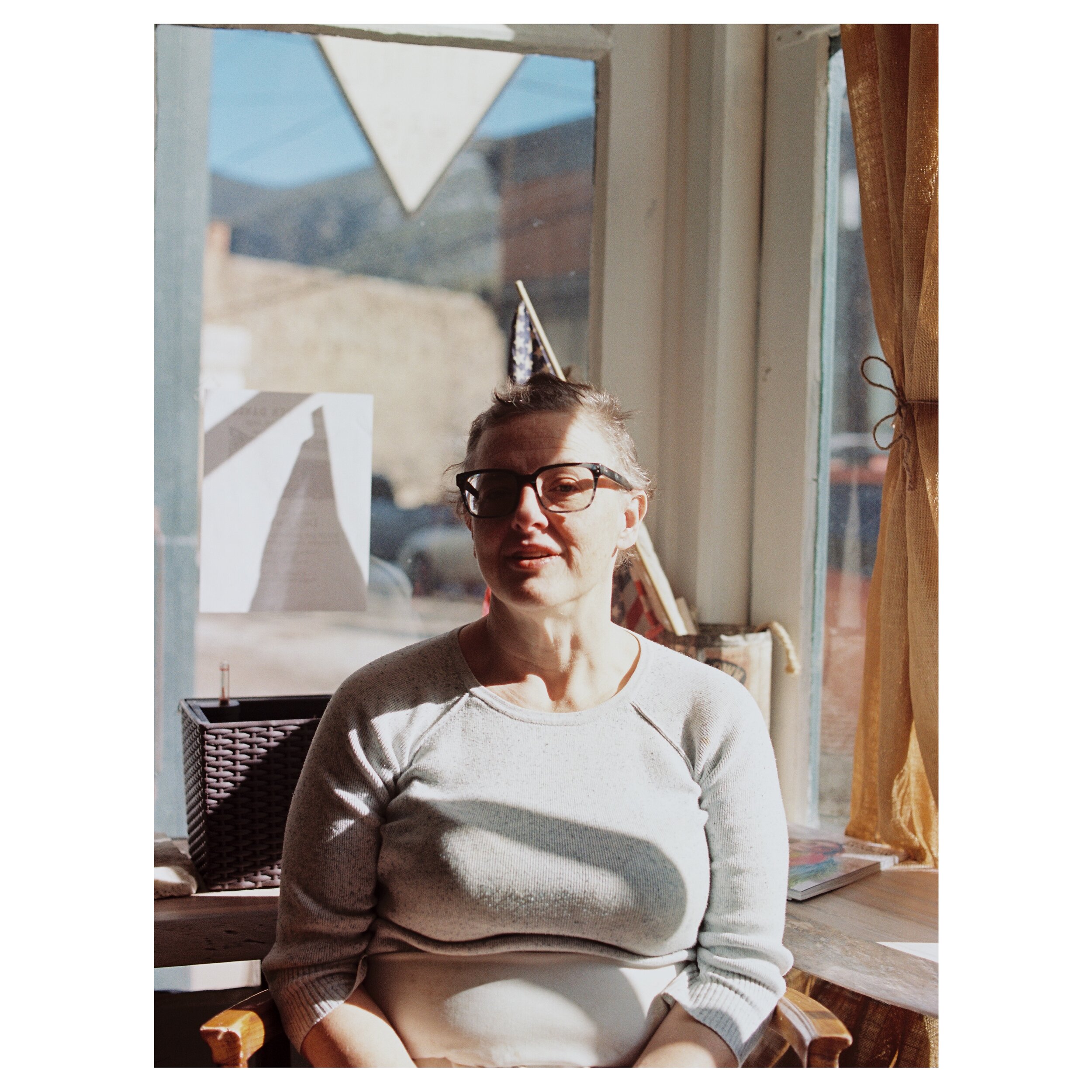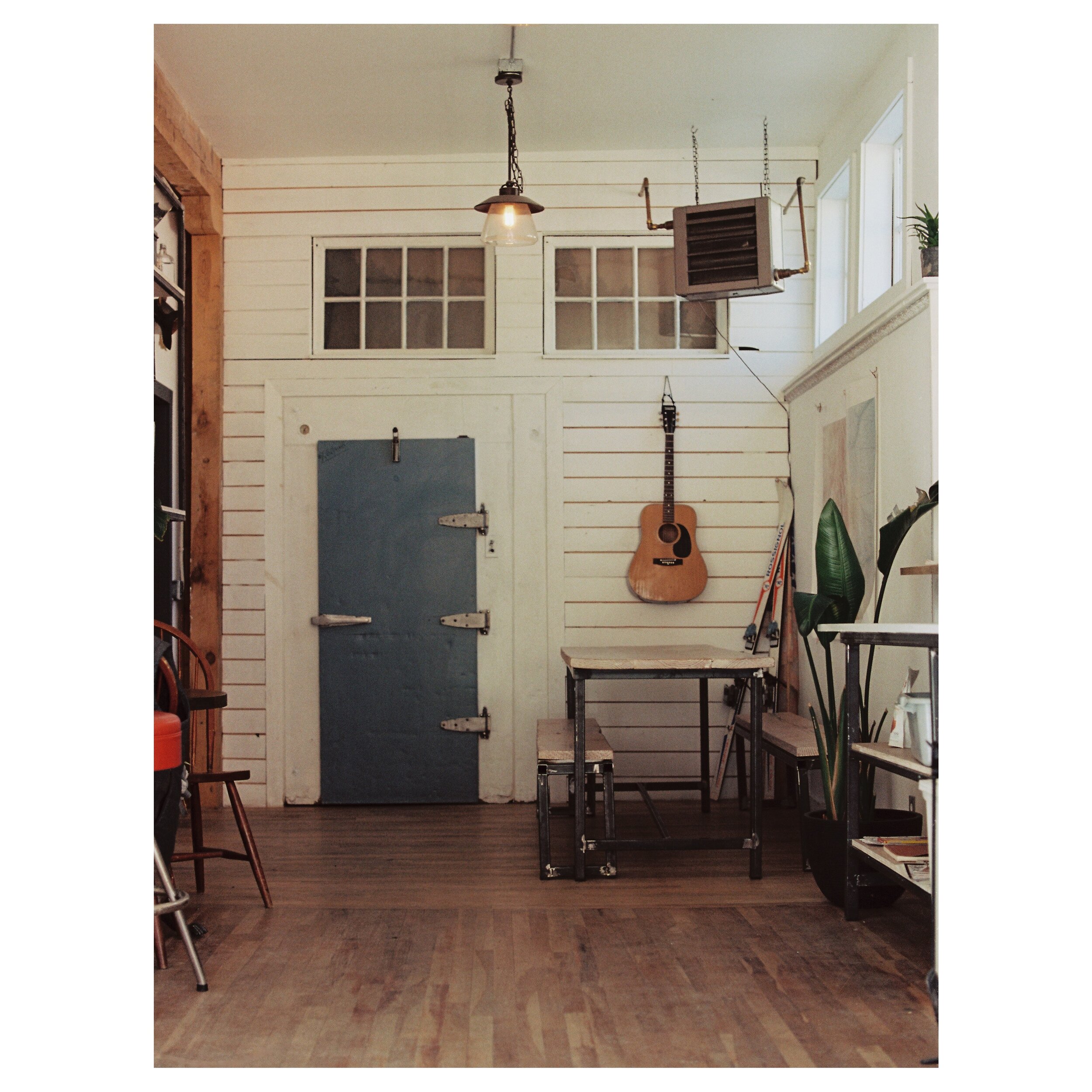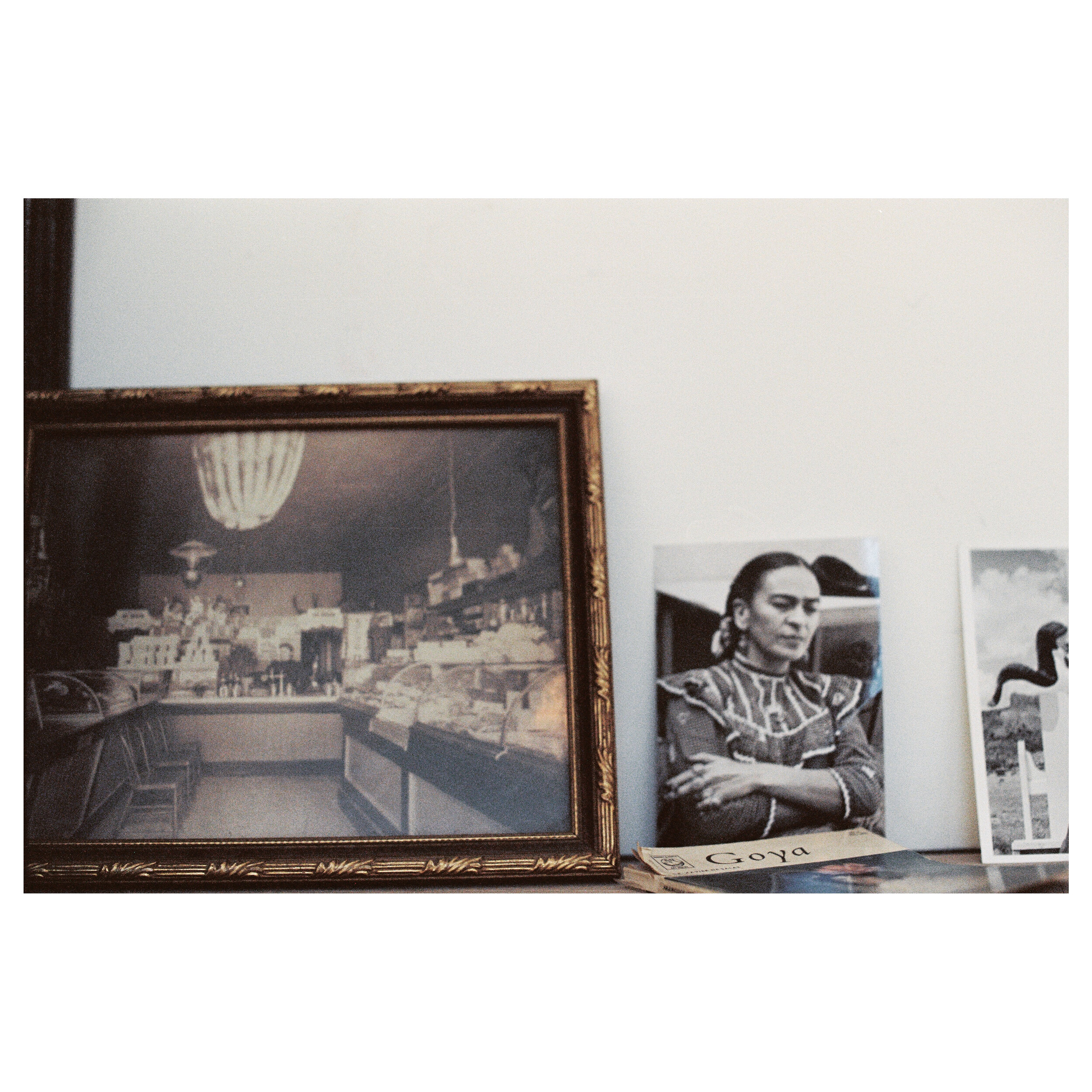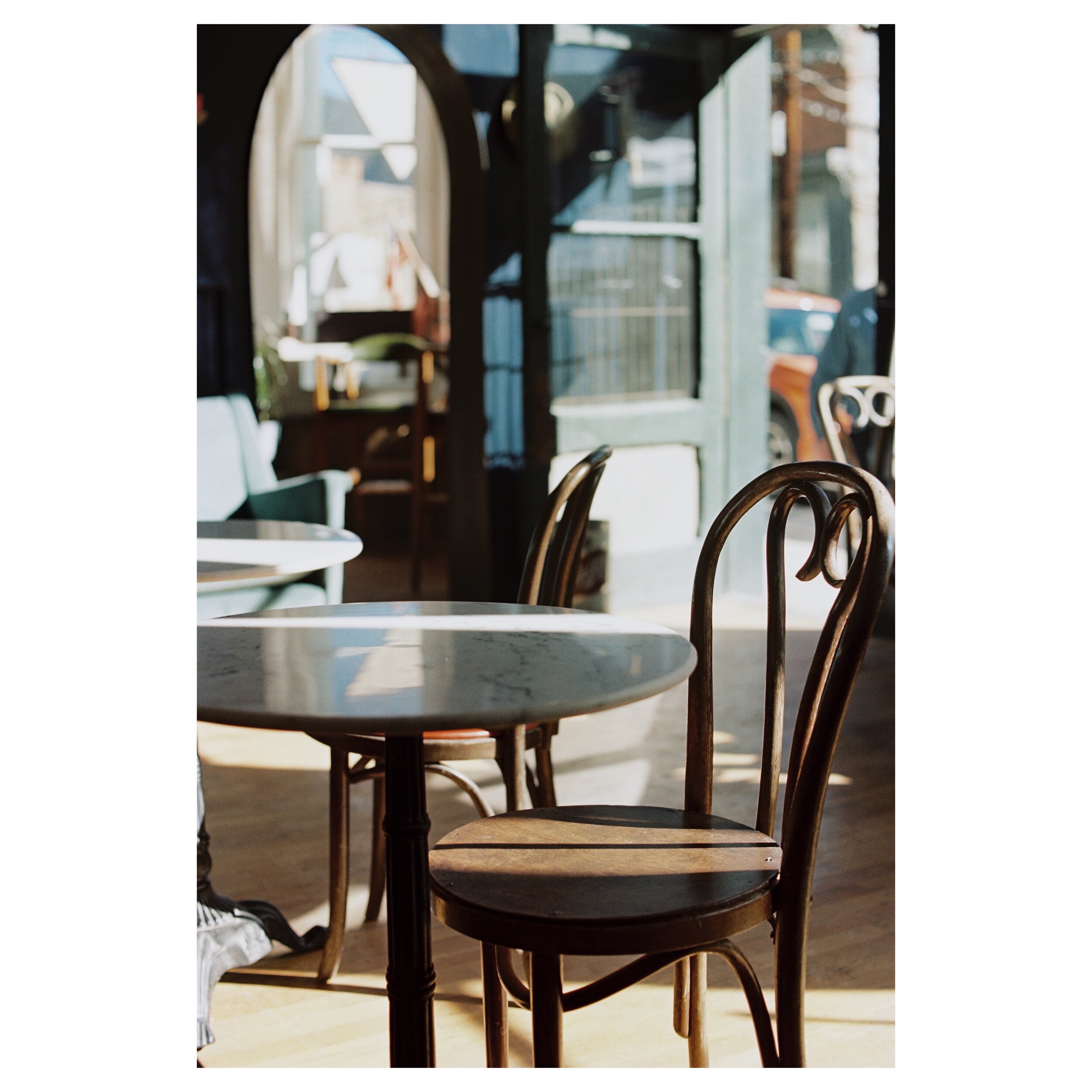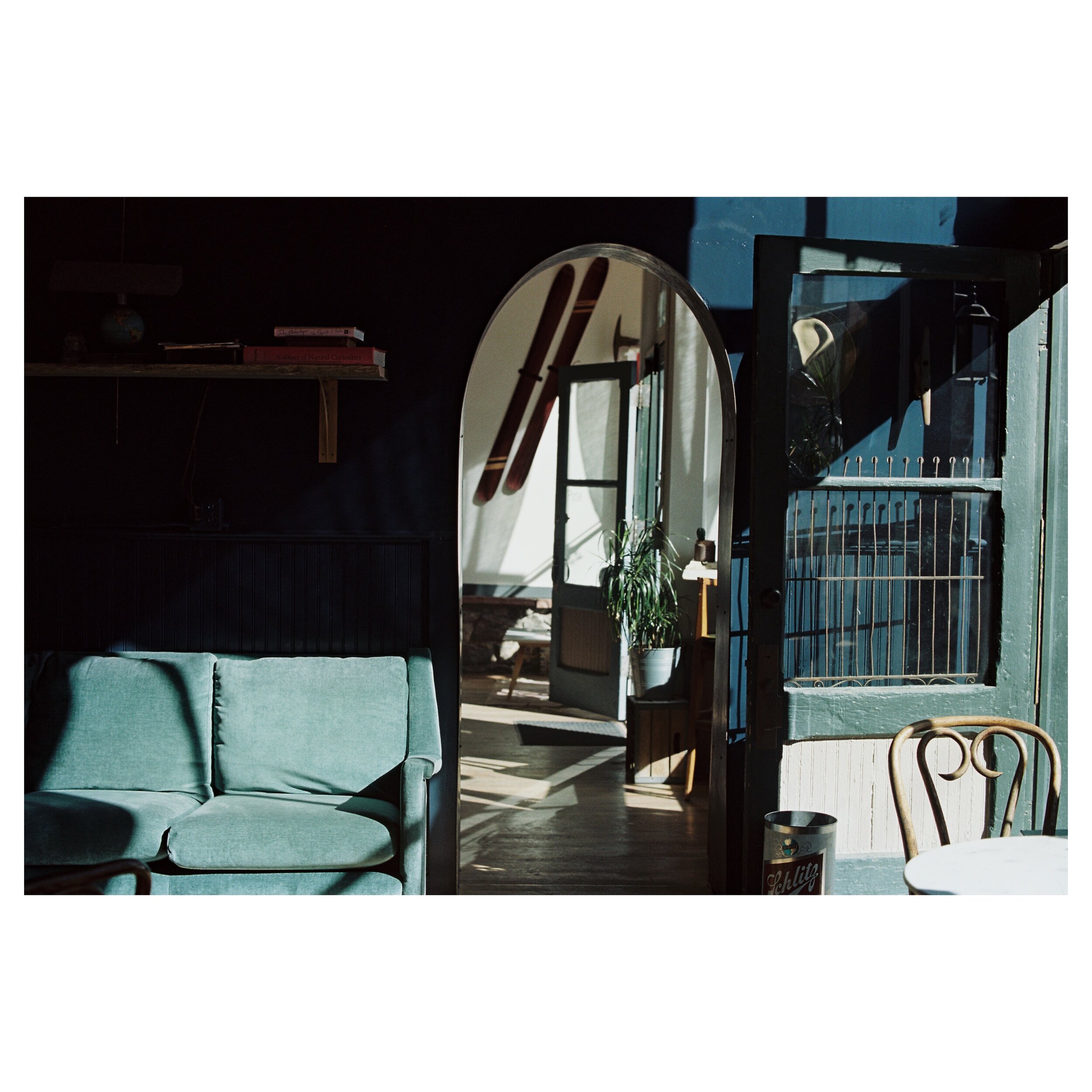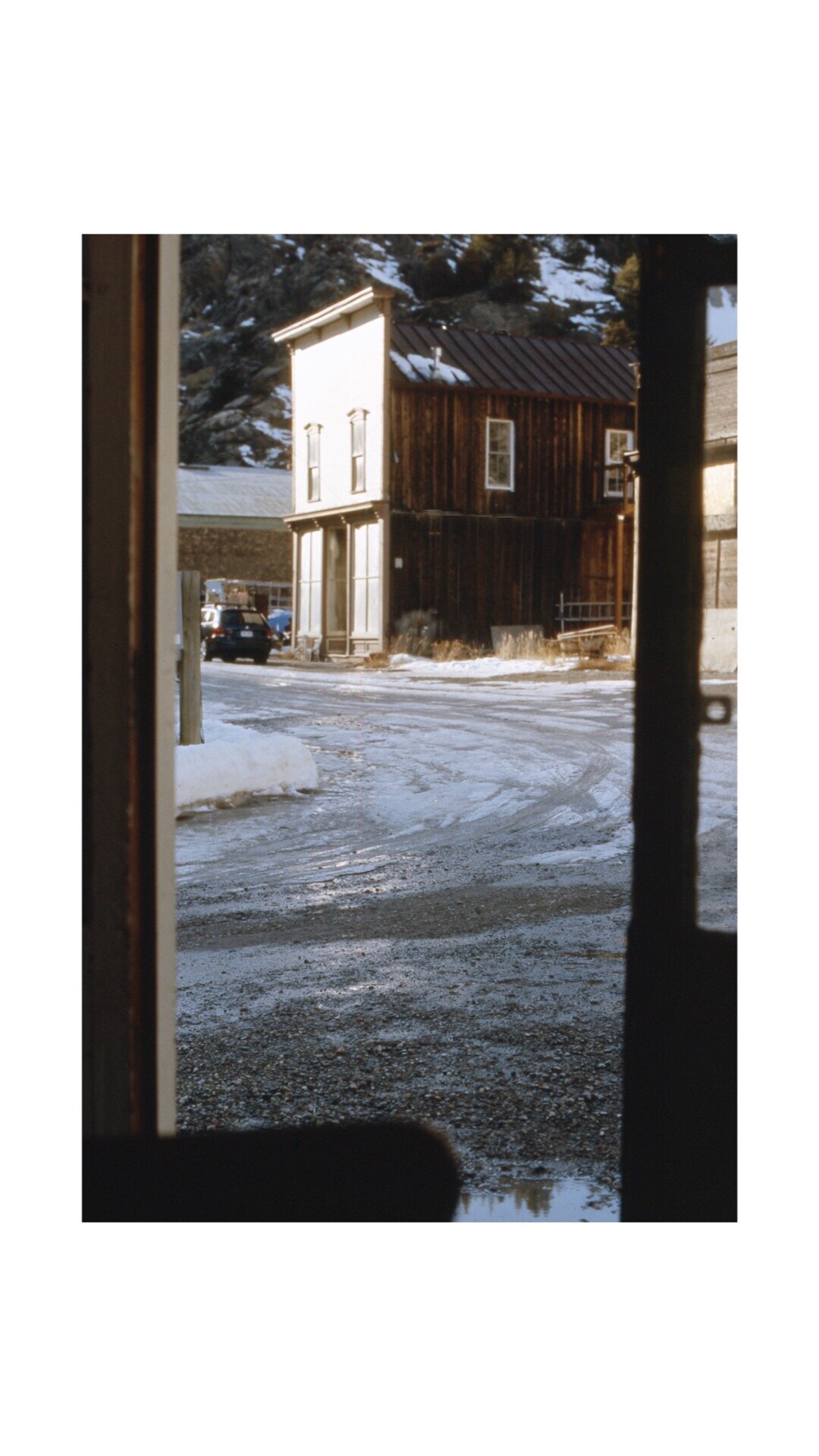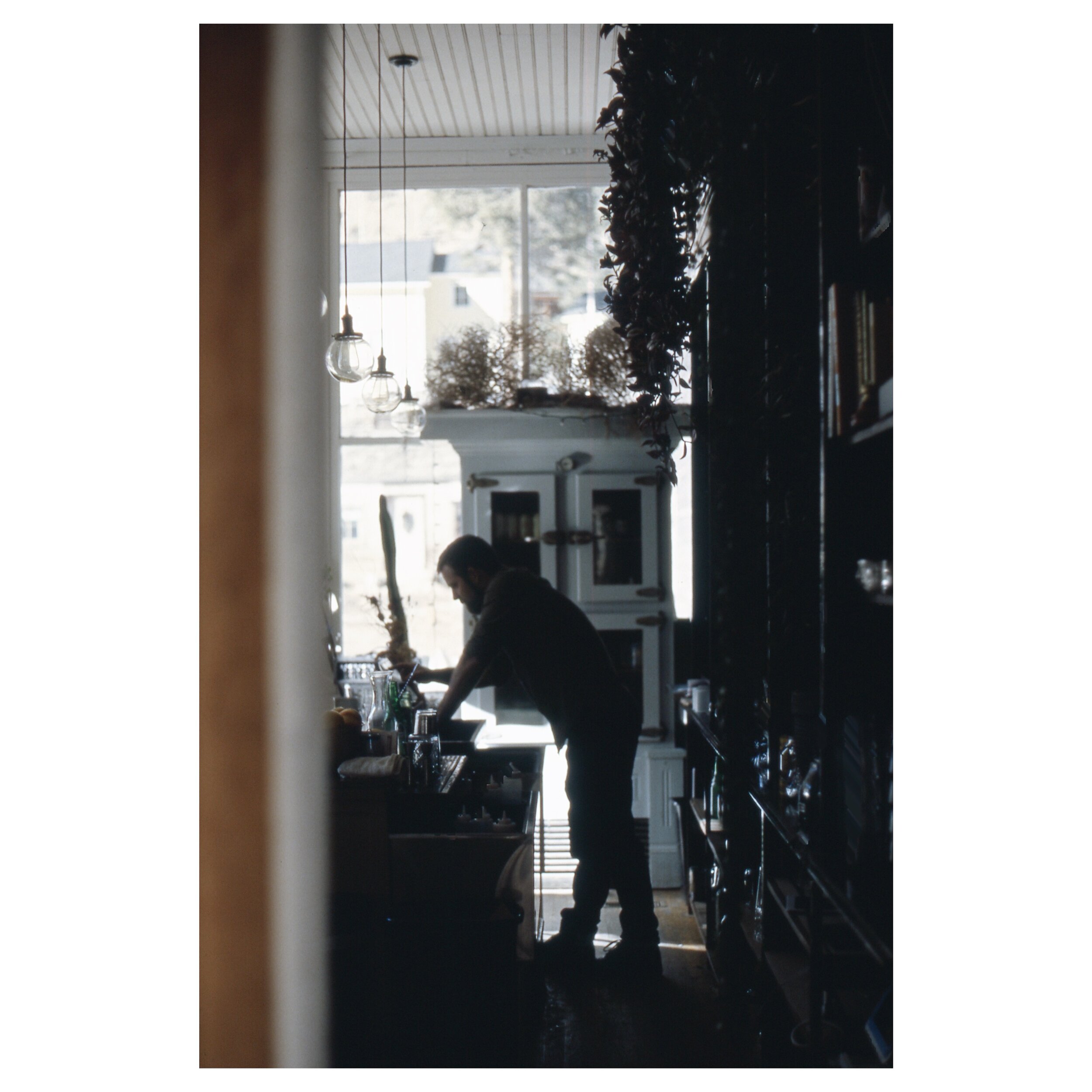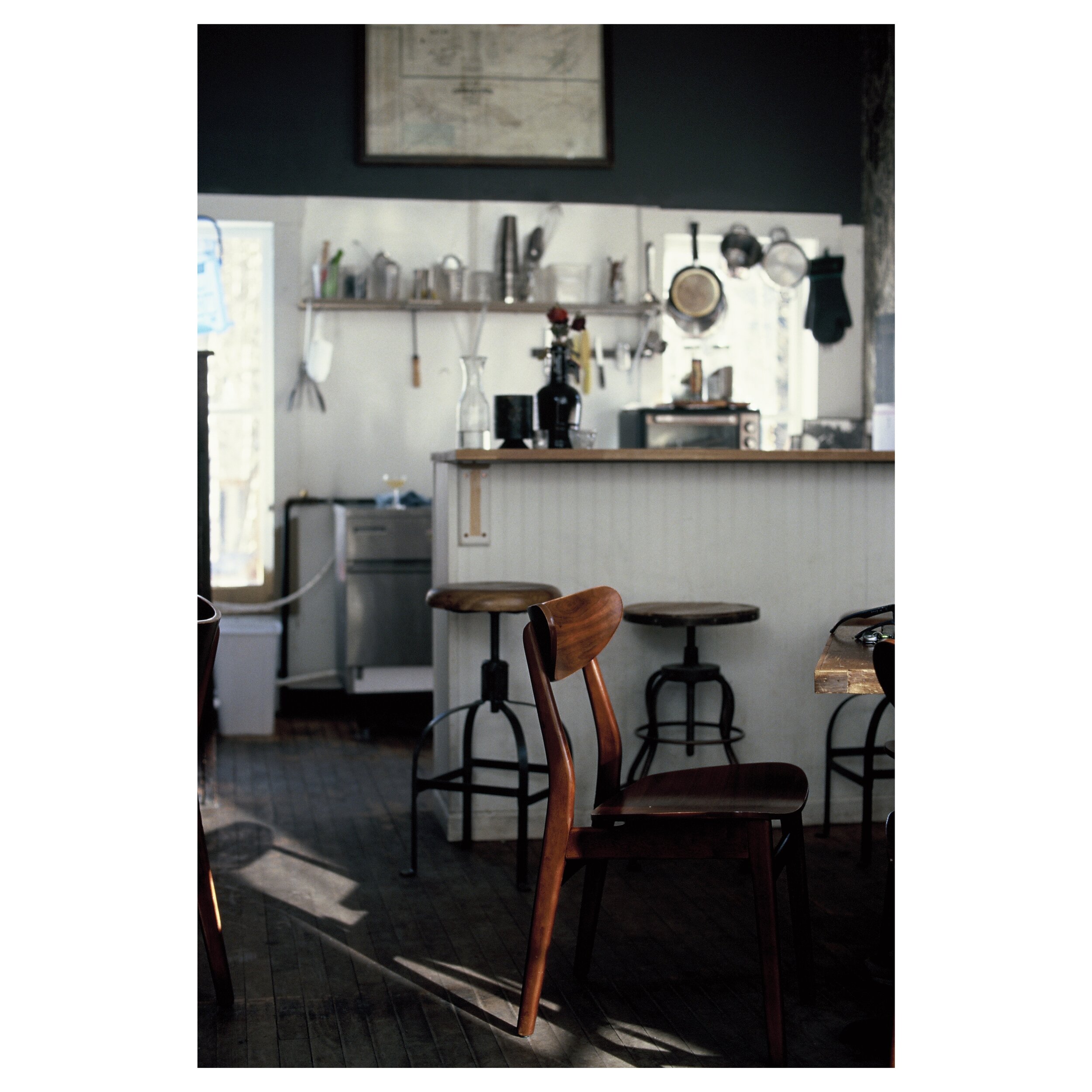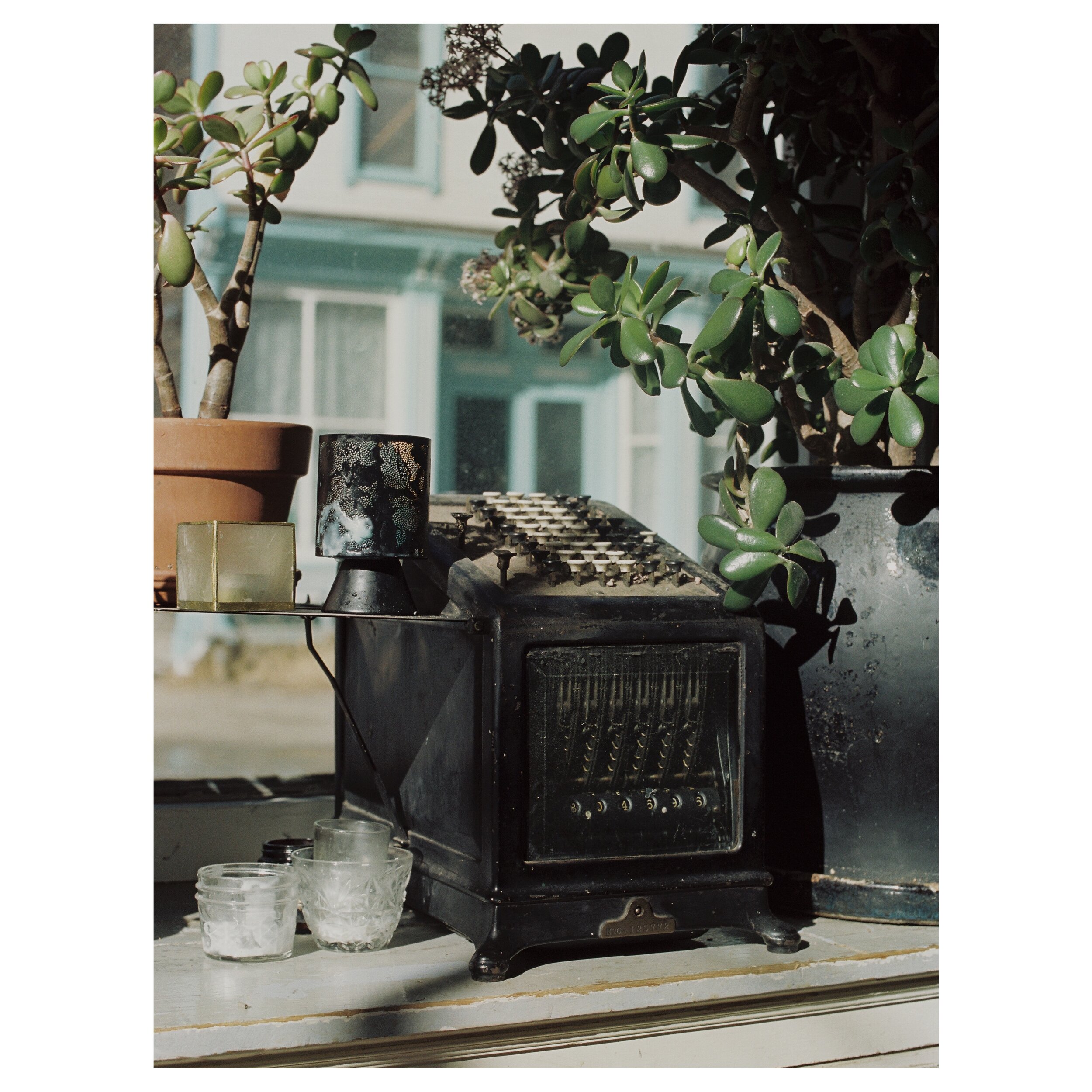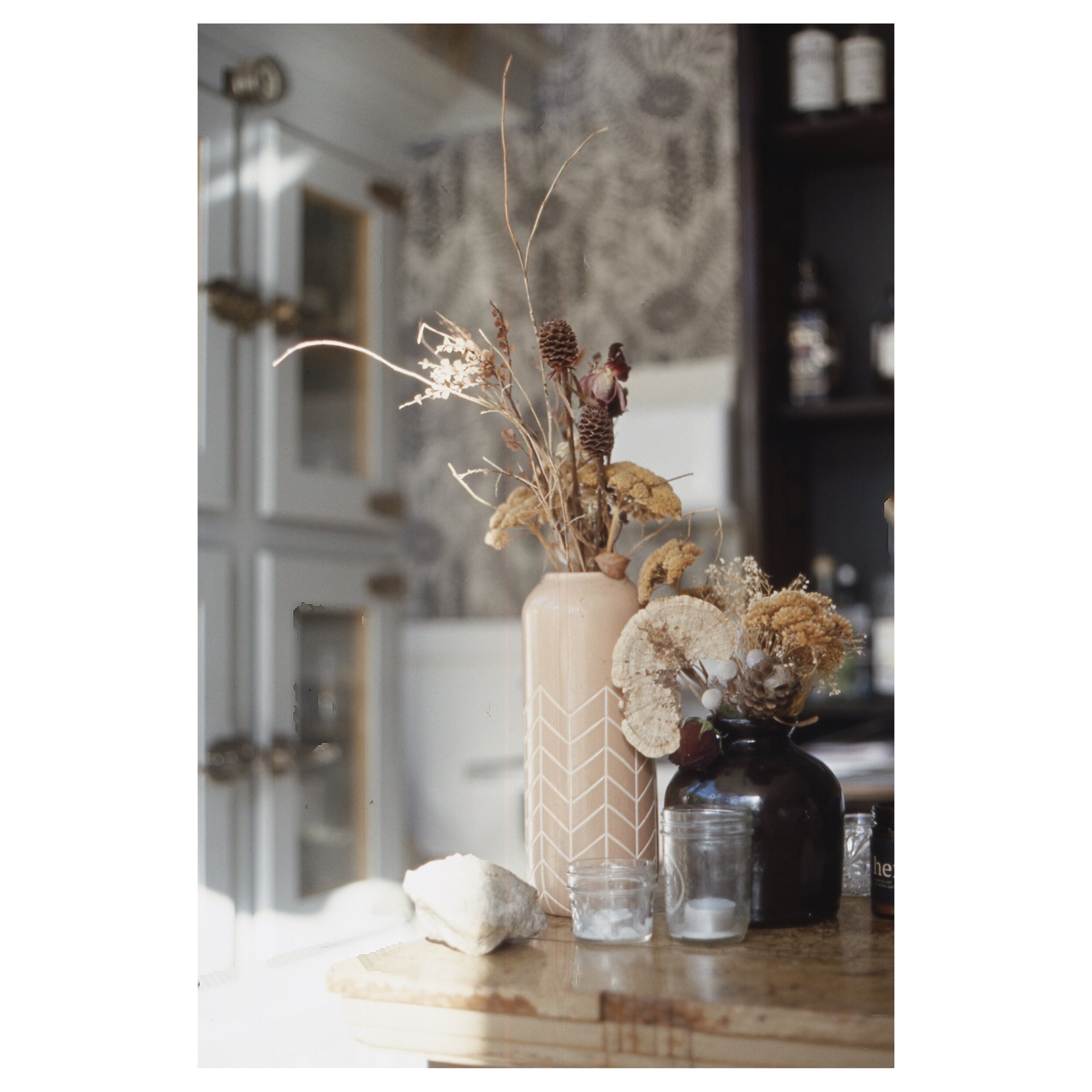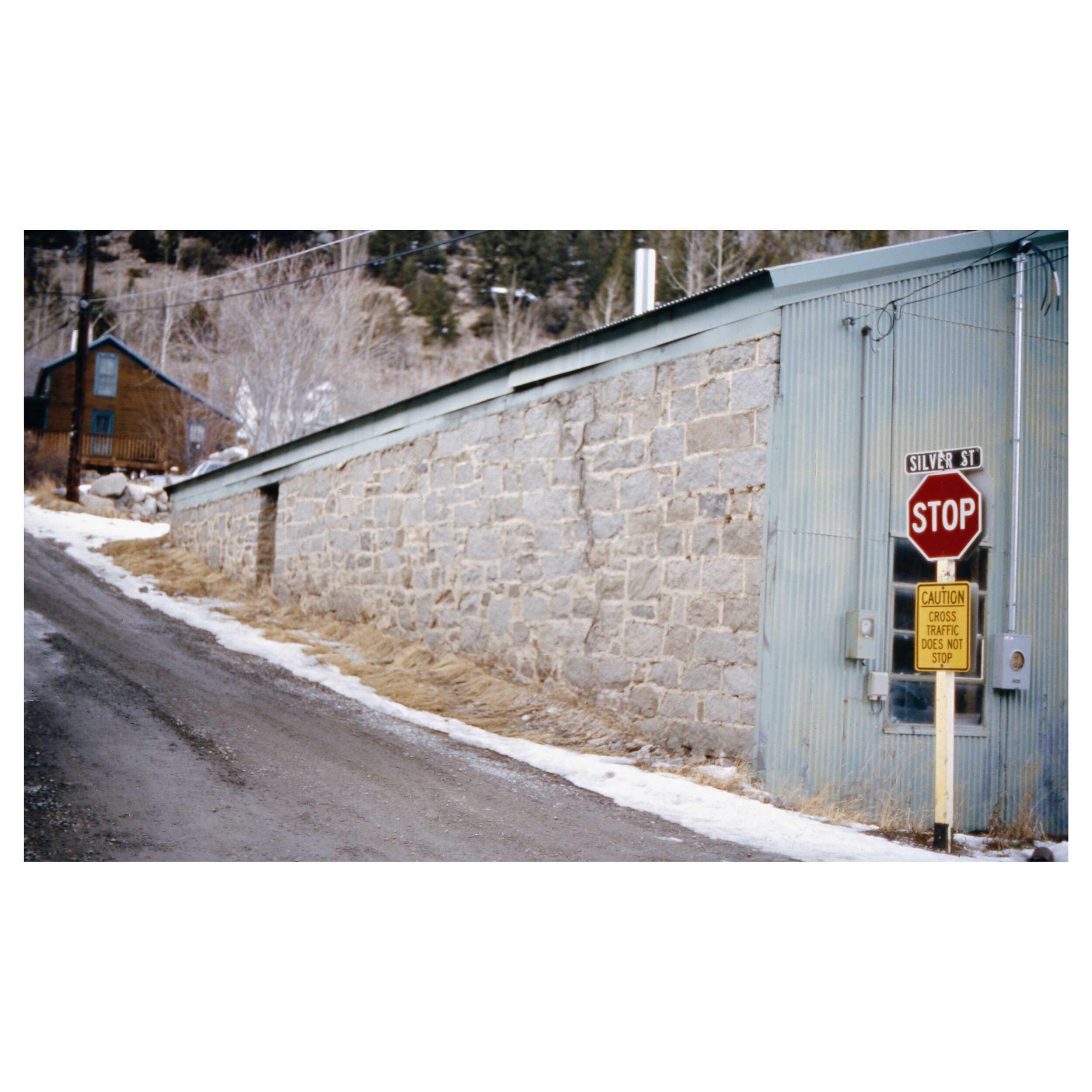I have always struggled with how I want my work to be viewed. Online platforms have been an easy way to present my work in the last few years. I have had gallery shows, organized larger scale multi-artist shows, and they were an excellent way to display and inform people of my work, but the exhibits are short-lasting and don't often reach broad demographics. I have been thinking about a photobook or a zine as I like the idea of designing and creating an accessible medium for my work, that is not a framed image hanging on a wall.
Sem Langendij, 2018 Docklands Agency.
I have a copy of Sem Langendijk's Docklands Agency zine, which has been designed as an unbound magazine with larger images printed on the outer pages so the reader can take the zine apart to arrange and use the photos as they please. An idea I like quite a bit and think would be interesting to start thinking about editing my work to fit a display like this.
.
Raymond Meeks , 2010, Where Objects Fall Away.
I am also drawn to Raymond Meeks and his process for making books. I like that he is using multiple mediums in his books as well as in he is presented. This is interesting to me as it adds an extra dimension to the work. Again something I want to consider when presenting my work.
References:
Sem Langendij, 2018 Docklands Agency. https://www.semlangendijk.com/publications-docklands-agency
Raymond Meeks, 2010, Where Objects Fall Away. http://www.raymondmeeks.com/archive/where-objects-fall-away-opening-reception

